- Show search

Virtual Field Trips
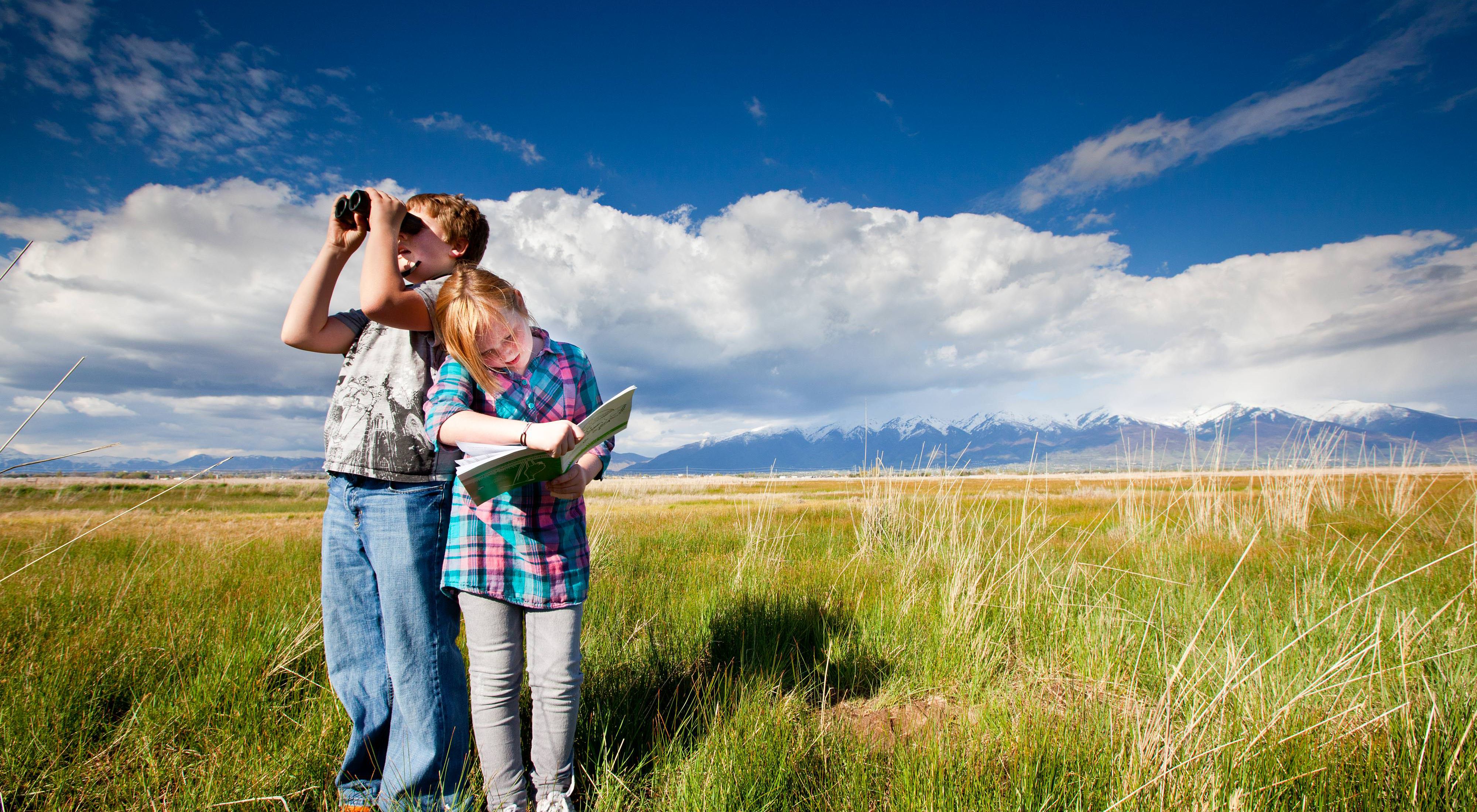
Explore the World with Virtual Field Trips
Designed for ages 9-15 but customizable for all ages, virtual field trips allow students to travel the world and explore natural environments without leaving the classroom. Each virtual field trip contains a video, teacher guide and student activities.
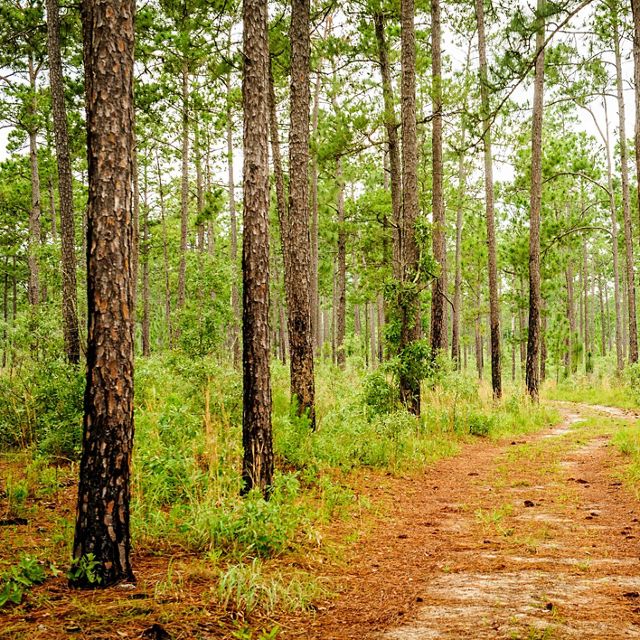
Working Trees: Reforestation and Responsible Forestry
Forests represent a powerful opportunity to pull carbon dioxide out of the atmosphere, helping to cool our planet while also providing clean air, clean water, and habitat for wildlife.
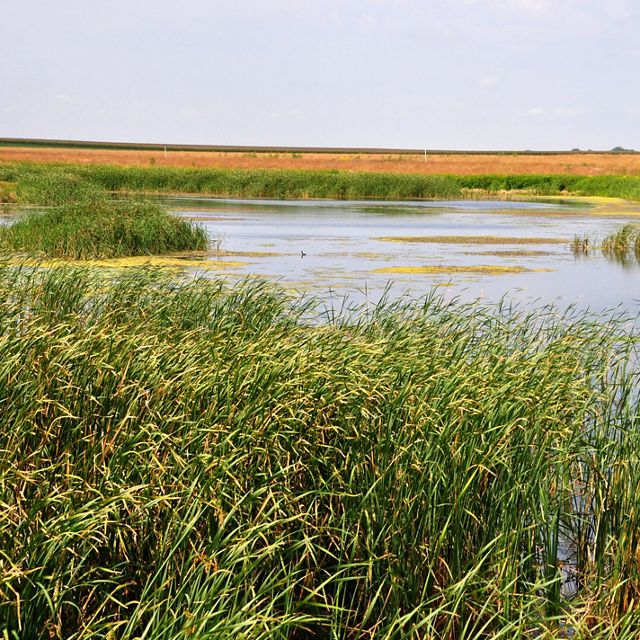
Less Harm on the Farm: Regenerative Agriculture
Food is more than something we eat to survive; it's a part of how we thrive. Learn how regenerative agriculture can help us feed a growing population while restoring nature.
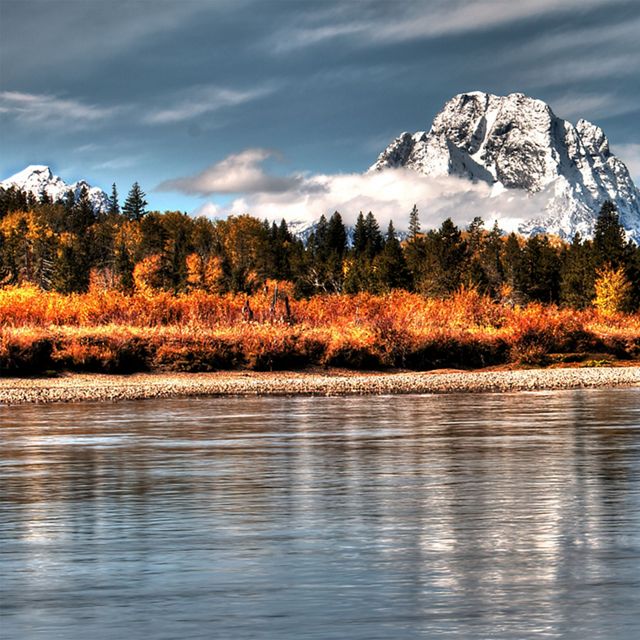
Climb-It Change
Explore how climate change is impacting alpine ecosystems and go on a climbing adventure with scientists who take you to some of the most stunning mountain ranges in the United States. This film is a Rocket Soul Studios production.
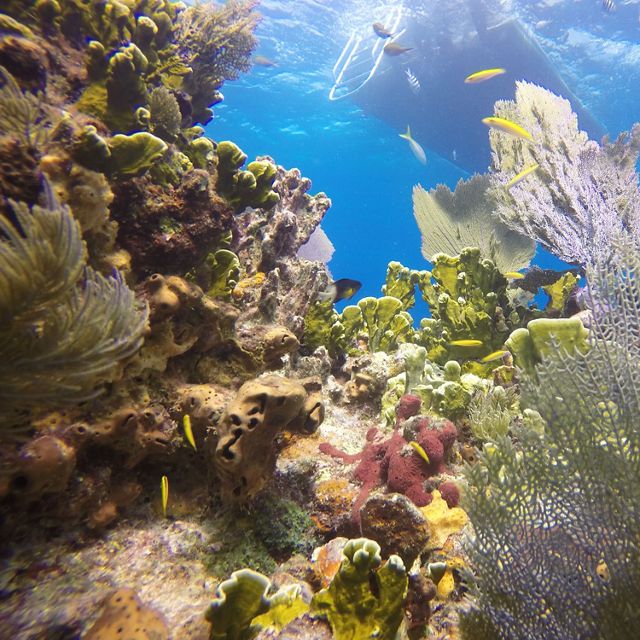
Protecting Our Oceans and Ourselves
More people rely on our ocean for food, energy, transport, recreation and other natural resources than any other time in history.
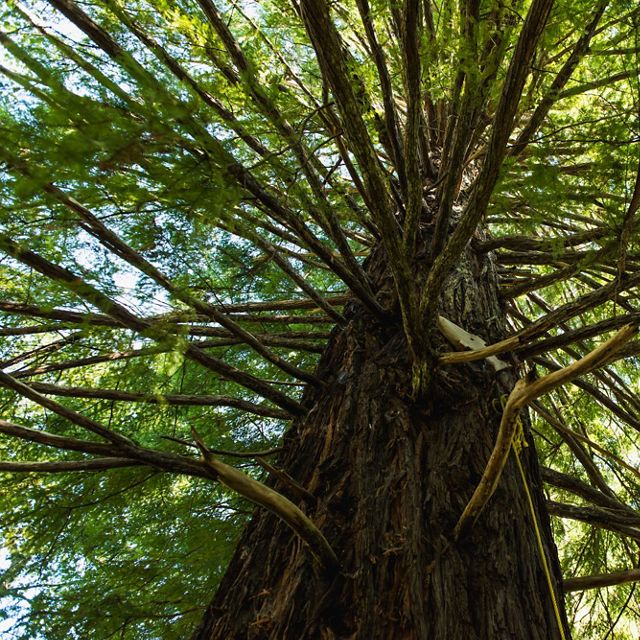
Climate Heroes: The Power of Trees
Trees are our climate superheroes! From Louisville, Kentucky, in the United States to St. Vincent and the Grenadines in the Caribbean, trees are playing critical roles in cleaning our air and improving our resilience in the face of climate change.
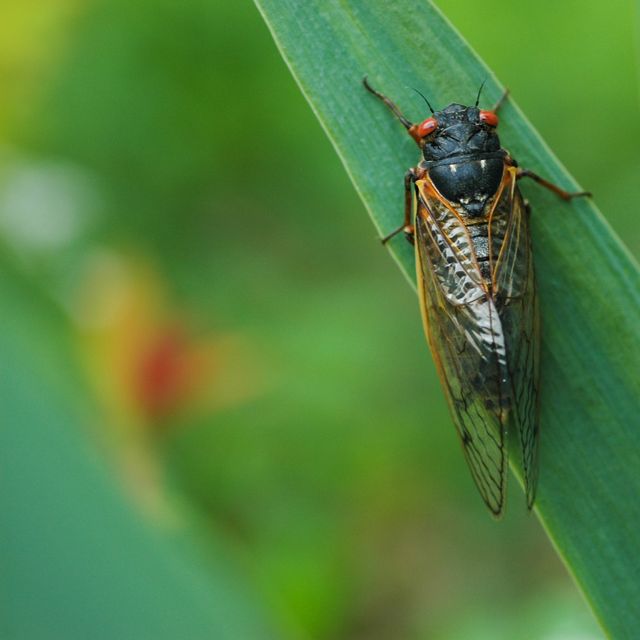
You’re the Scientist! Citizen Science, Frogs and Cicadas
The conservation community relies heavily on volunteers not only to restore natural areas but to help gauge the success of restoration efforts.

Changing Climate, Changing Cities
Get a front-row, ground-level seat to the challenges cities face as they confront this force of nature, and discover the solutions experts are promoting to mitigate it.
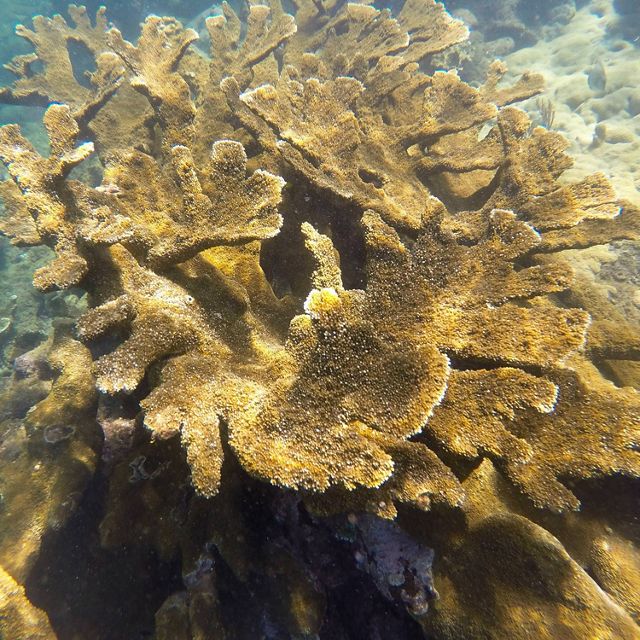
The Secret Life of Corals
Learn how fragile reefs are being damaged by human activity and climate change, and how scientists are developing ways to restore corals.
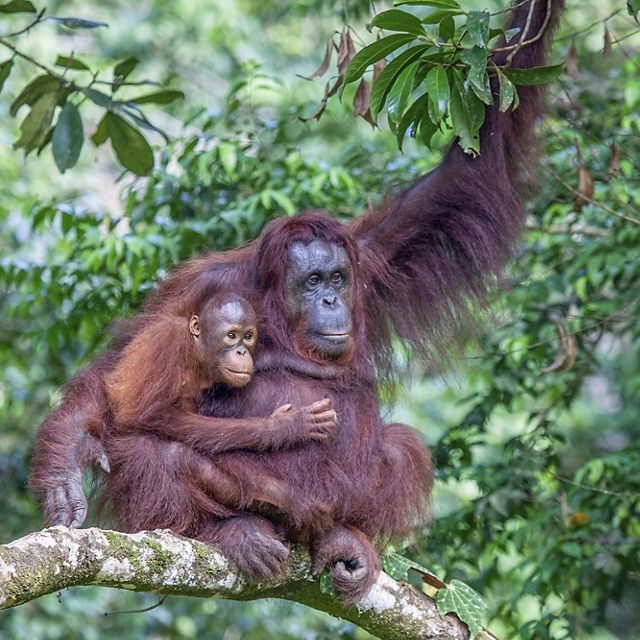
Borneo: The Symphony of the Rainforest
On this journey, we’ll learn how experts are using cutting-edge science to find out how healthy the rainforest is—and to discover where it needs some help!
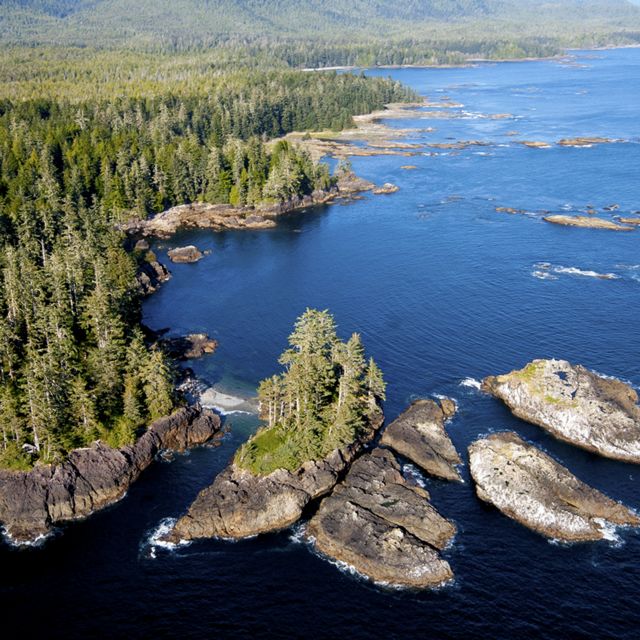
View from a Canoe
Can you imagine a place with 100 million acres of forest and 30,000 miles of coastline? It exists. The Emerald Edge is home to the largest intact coastal temperate rainforest.
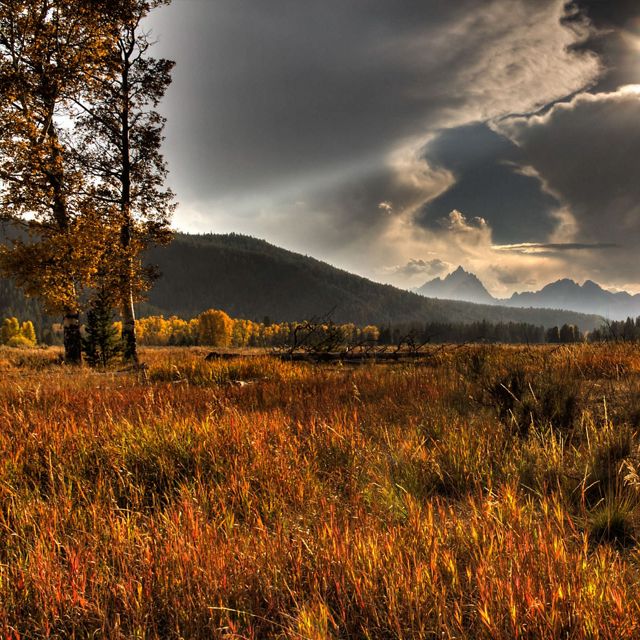
Wild Biomes: America’s Rainforests & Deserts
Two wildly different ecosystems, both dependent on the same precious resource: Water. On this virtual field trip, we’ll travel to Seattle and Arizona.
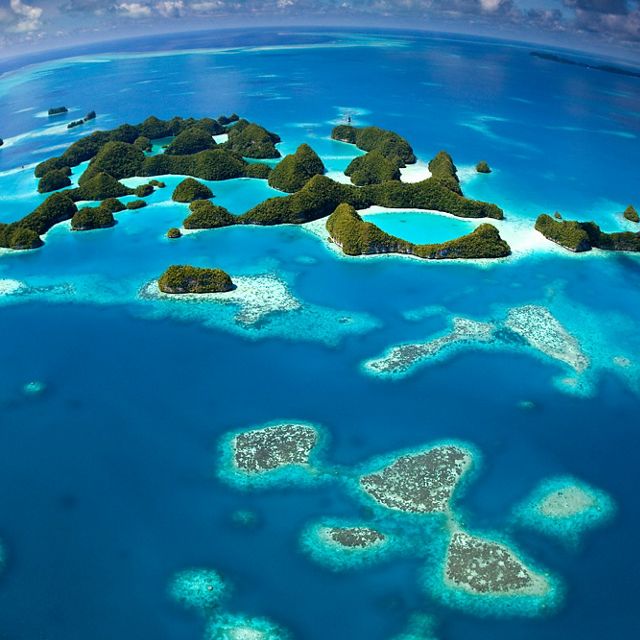
The Coral Reefs of Palau
Join our expert scientist, marine biologist Stephanie Wear, on a virtual field trip to the coral reefs of Palau where you'll explore amazing underwater cities.
.jpg?crop=669%2C0%2C2662%2C2662&wid=640&hei=640&scl=4.159375)
China’s Great Forests
Join our expert scientist Yue Wang, a conservation planning officer for The Nature Conservancy, on a virtual field trip across the world to two stunning provinces in China.
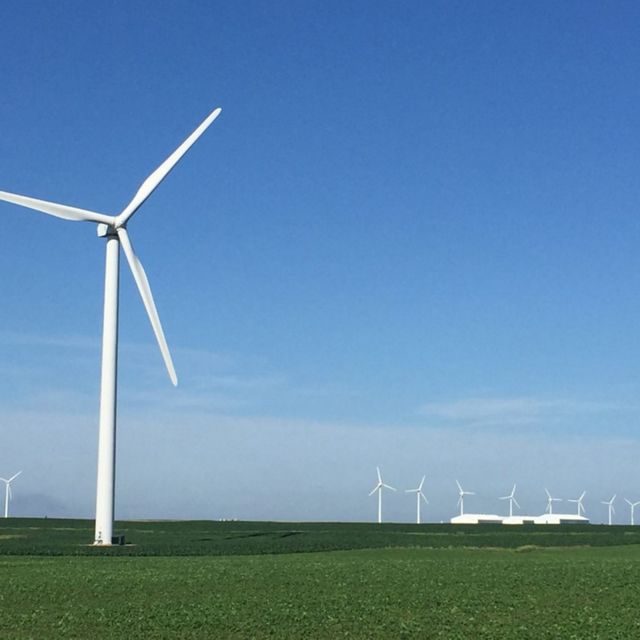
Powering the Planet: Renewable Energy
Join scientist Alex Wegmann as we embark on a Virtual Field Trip to explore a compelling question: How can we get the energy we need without harming nature?
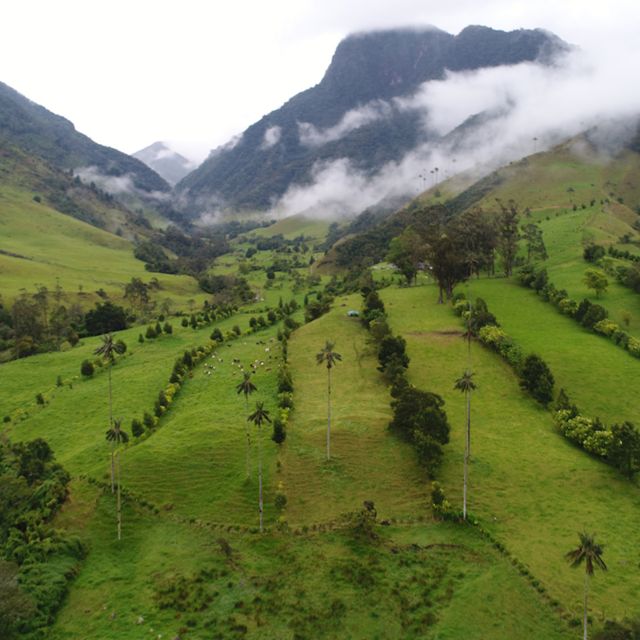
Journey of Water: Colombia’s Páramo
In this virtual field trip, we will explore the magical páramo ecosystem and the stunning mountain landscapes found just beyond the capital city of Bogotá.
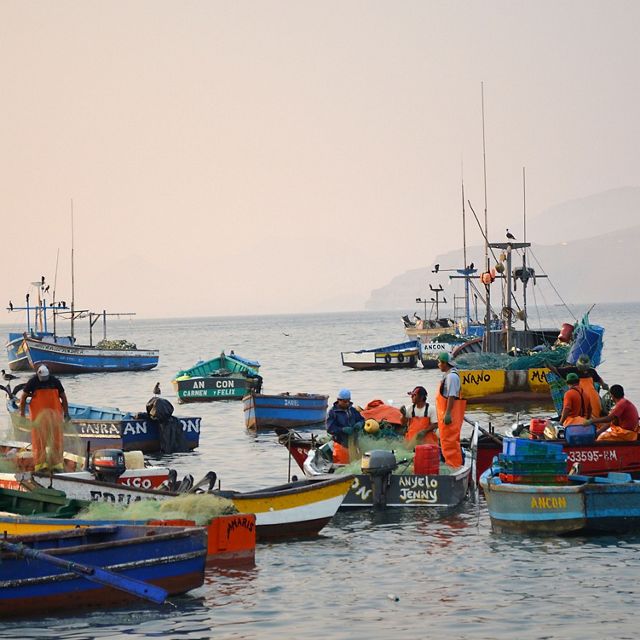
Peru: A Coastal Ecosystem
Join fisheries scientist Matias Caillaux to explore the Humboldt Current Ecosystem off the coast of Peru while learning about the area’s amazing diversity and productivity.
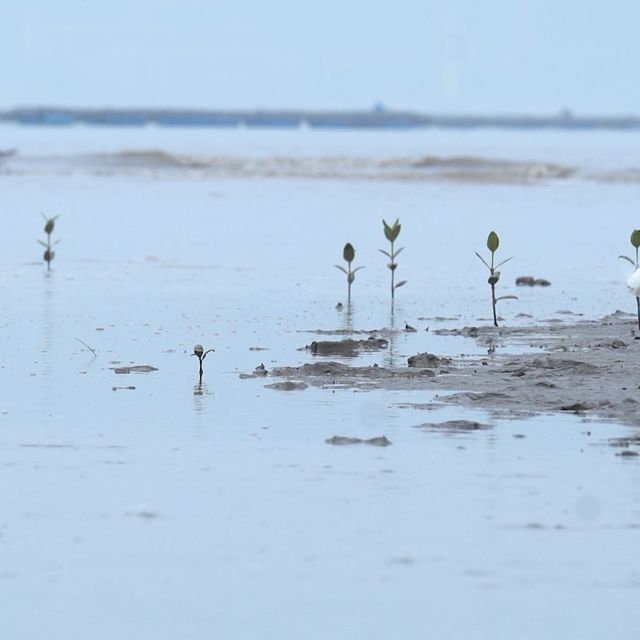
Ridge to Reef: A Virtual Field Trip to Hong Kong
The “Ridge to Reef” (R2R) concept is a holistic approach that takes into consideration all the environments within a watershed — from the top of the mountains down to the ocean — and shows that what happens on land affects what happens in the water.
Stay connected for the latest resources from Nature Lab
Don't miss new Nature Lab teaching guides and videos. Sign up to get the monthly Nature Lab newsletter with free environmental education materials for educators and families.
Explore Our Youth Curriculum
Access resources aligned to The Nature Conservancy’s research and designed specifically for a young audience and classroom use.
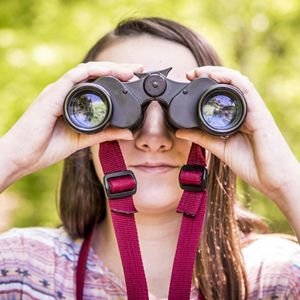
Click here for details on our COVID-19 health and safety protocols.
Travel the world. make a difference..
Earthwatch expeditions pair researchers with volunteers to address some of the world’s most pressing environmental challenges. Explore our current expeditions to discover how you can make a difference.
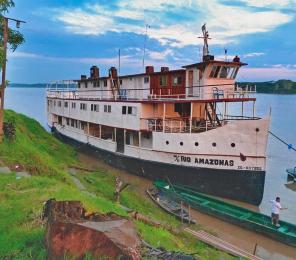
Help conserve wildlife within the Amazon Basin as you search for pink river dolphins, macaws, and other iconic species.
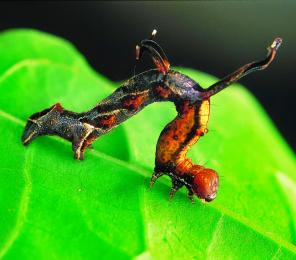
How much can the humble caterpillar tell us about the world we live in? More than you might imagine.
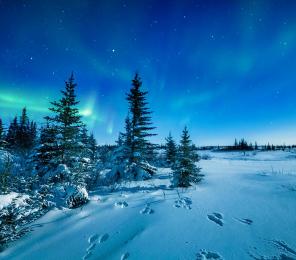
Scientists expect to see the greatest effects of climate change in the Arctic. But what, exactly, will these effects be?

Amongst the lush forest, help study bees, hummingbirds, and pollinators critical to ecological health.
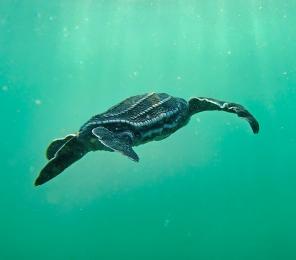
Why have Pacific leatherback sea turtles almost disappeared? Look for answers and solutions on Costa Rica’s beaches.

CUSTOM EXPEDITIONS FOR GROUPS
Explore the world together. Our expert staff can coordinate a meaningful experience for school groups, corporate employees, alumni associations, community groups, or other affiliations.
Learn more about group expeditions
Be more than a tourist
This was my first expo with Earthwatch and as a single female was not sure what to expect, I had the most amazing learning experience and felt so humble to have played a part in this project. Lisa Dixon — Lions and Their Prey in Kenya's Maasai Mara
Our Research Focus
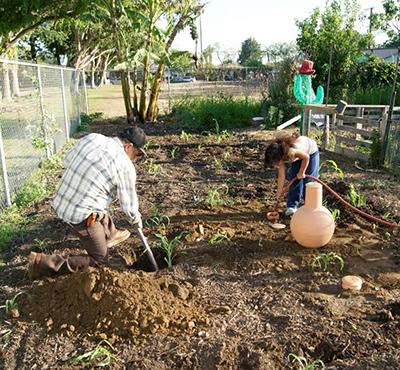
Sustainable Cities and Communities
Collect essential environmental data to promote urban resiliency while helping to influence positive change.
More about Sustainable Cities and Communities
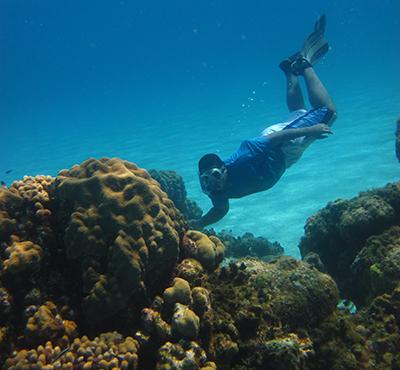
Ocean Ecosystems
Take action to protect marine habitats, conserve biodiversity, and promote sustainable livelihoods.
More about Ocean Ecosystems
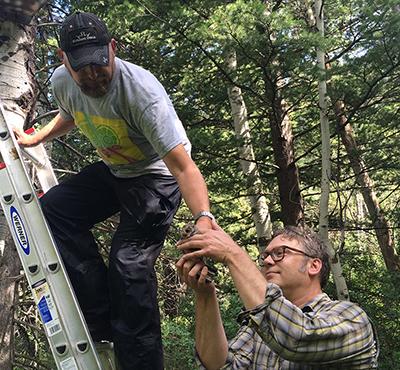
Terrestrial Ecosystems
Preserve and restore forests, assess and mitigate the impacts of a changing climate, and conserve biodiversity.
More about Terrestrial Ecosystems

Suggested Searches
- Climate Change
- Expedition 64
- Mars perseverance
- SpaceX Crew-2
- International Space Station
- View All Topics A-Z
Humans in Space
Earth & climate, the solar system, the universe, aeronautics.
Learning Resources
News & Events

NASA-Led Study Provides New Global Accounting of Earth’s Rivers

NASA’s Hubble Pauses Science Due to Gyro Issue

NASA’s Optical Comms Demo Transmits Data Over 140 Million Miles
- Search All NASA Missions
- A to Z List of Missions
- Upcoming Launches and Landings
- Spaceships and Rockets
- Communicating with Missions
- James Webb Space Telescope
- Hubble Space Telescope
- Why Go to Space
- Astronauts Home
- Commercial Space
- Destinations
- Living in Space
- Explore Earth Science
- Earth, Our Planet
- Earth Science in Action
- Earth Multimedia
- Earth Science Researchers
- Pluto & Dwarf Planets
- Asteroids, Comets & Meteors
- The Kuiper Belt
- The Oort Cloud
- Skywatching
- The Search for Life in the Universe
- Black Holes
- The Big Bang
- Dark Energy & Dark Matter
- Earth Science
- Planetary Science
- Astrophysics & Space Science
- The Sun & Heliophysics
- Biological & Physical Sciences
- Lunar Science
- Citizen Science
- Astromaterials
- Aeronautics Research
- Human Space Travel Research
- Science in the Air
- NASA Aircraft
- Flight Innovation
- Supersonic Flight
- Air Traffic Solutions
- Green Aviation Tech
- Drones & You
- Technology Transfer & Spinoffs
- Space Travel Technology
- Technology Living in Space
- Manufacturing and Materials
- Science Instruments
- For Kids and Students
- For Educators
- For Colleges and Universities
- For Professionals
- Science for Everyone
- Requests for Exhibits, Artifacts, or Speakers
- STEM Engagement at NASA
- NASA's Impacts
- Centers and Facilities
- Directorates
- Organizations
- People of NASA
- Internships
- Our History
- Doing Business with NASA
- Get Involved
- Aeronáutica
- Ciencias Terrestres
- Sistema Solar
- All NASA News
- Video Series on NASA+
- Newsletters
- Social Media
- Media Resources
- Upcoming Launches & Landings
- Virtual Events
- Sounds and Ringtones
- Interactives
- STEM Multimedia

Correction and Clarification of C.26 Rapid Mission Design Studies for Mars Sample Return

NASA’s Commercial Partners Deliver Cargo, Crew for Station Science

NASA Shares Lessons of Human Systems Integration with Industry

Work Underway on Large Cargo Landers for NASA’s Artemis Moon Missions

NASA’s ORCA, AirHARP Projects Paved Way for PACE to Reach Space

Amendment 11: Physical Oceanography not solicited in ROSES-2024

Why is Methane Seeping on Mars? NASA Scientists Have New Ideas

Mars Science Laboratory: Curiosity Rover

Hubble Spots a Magnificent Barred Galaxy

NASA’s Chandra Releases Doubleheader of Blockbuster Hits

Explore the Universe with the First E-Book from NASA’s Fermi

NASA Grant Brings Students at Underserved Institutions to the Stars

NASA Photographer Honored for Thrilling Inverted In-Flight Image

NASA’s Ingenuity Mars Helicopter Team Says Goodbye … for Now

NASA Langley Team to Study Weather During Eclipse Using Uncrewed Vehicles

NASA Data Helps Beavers Build Back Streams

NASA’s Near Space Network Enables PACE Climate Mission to ‘Phone Home’

Washington State High Schooler Wins 2024 NASA Student Art Contest

NASA STEM Artemis Moon Trees

Kiyun Kim: From Intern to Accessibility Advocate

Diez maneras en que los estudiantes pueden prepararse para ser astronautas

Astronauta de la NASA Marcos Berríos

Resultados científicos revolucionarios en la estación espacial de 2023
Student field trips.
The NASA Wallops Flight Facility Visitor Center, located on the Eastern Shore of Virginia is one of NASA’s 13 Official Visitor Centers and can provide students with virtual and onsite field trip experiences! These STEM experiences are interactive and free to all participants! Check out our offerings below.

Virtual and Onsite Field Trip Forms
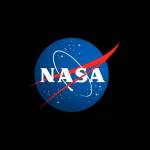
Virtual Field Trip Planning Guide
Apr 7, 2023
PDF (814.60 KB)
Onsite Program Booking Form
Jul 7, 2023
PDF (163.89 KB)
Virtual Field Trips
Explore different NASA missions and NASA’s Wallops Flight Facility through one of our virtual experiences!
Virtual field trips are taught live by an informal education specialist at the Wallops Visitor Center and are approximately 30-60 minutes in length. These programs include an interactive presentation, a question-and-answer session, and a hands-on activity using commonly available supplies often found at home and school.
Schedule your Virtual Field Trips
Please review the comprehensive Virtual Field Trip planning guide for more information on eligibility and scheduling a program. The Visitor Center’s virtual field trips can be scheduled at least seven days in advance and as far as 90 days in advance. Virtual field trips are conducted live by a Visitor Center informal educator. Groups must have a minimum of 15 student participants, and educators in the same school or district are encouraged to combine classes virtually, to allow for increased participation. Virtual field trip participants may not be charged a fee to attend the program. Groups interested in scheduling a virtual field trip with the Wallops Visitor Center should review the Virtual Field Trip Planning Guide and follow the scheduling instructions contained in that document.
- Virtual K-2nd
- Virtual 3rd-5th
- Virtual 6th-8th
- Virtual 9th-12th
K-2nd Grade
Our Neighbor the Moon (30 minutes)
What is something up in the sky visible during the day and at night? Something that may be dim or shine bright? What might have a different shape when we look at it on different days? It’s our neighbor, the Moon! Join us on a short 30-minute adventure about the Moon and NASA’s plans to go back and visit. We’ll learn more about our next-door neighbor, have a short Question and Answer session, and we’ll even share some suggestions that you can do in your classrooms!
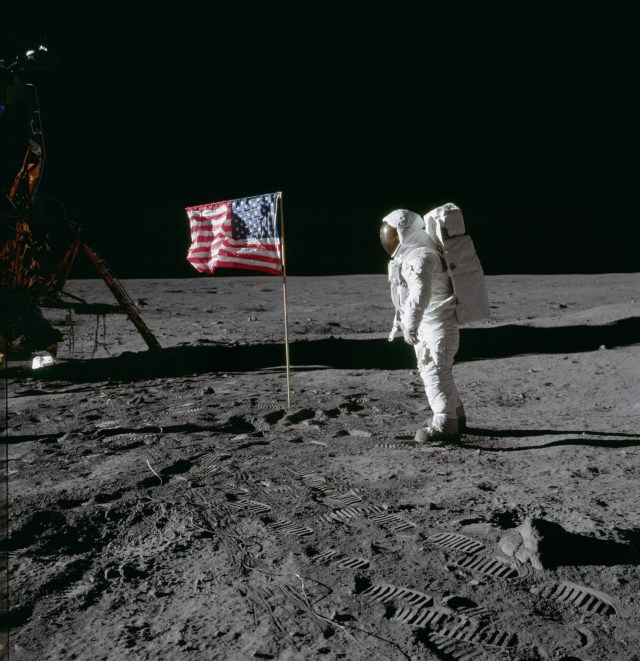
3rd-5th Grade
Moon to Mars (60 minutes)
Why is NASA going back to the Moon and what’s left to discover? How will going to the Moon help astronauts get to Mars? Why do we want to land astronauts on Mars? We’ll answer these questions and more as we explore from the Moon to Mars. Following the discussion, students will create a pocket size scale model of the solar system to better understand some of the challenges we face when exploring other parts of our solar system.
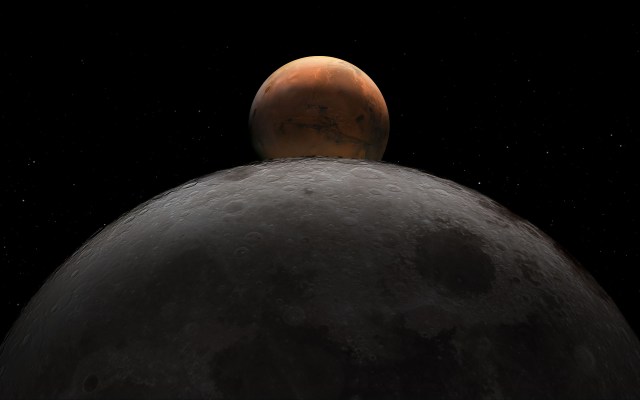
6th- 8th Grade
Mission Explorers (60 minutes)
Join the Wallops Flight Facility Visitor Center staff to explore how NASA uses robotic spacecraft technology to uncover mysteries within the solar system! Participants will receive a solar system exploration mission, then design their very own spacecraft prototype that will collect data about a target destination!
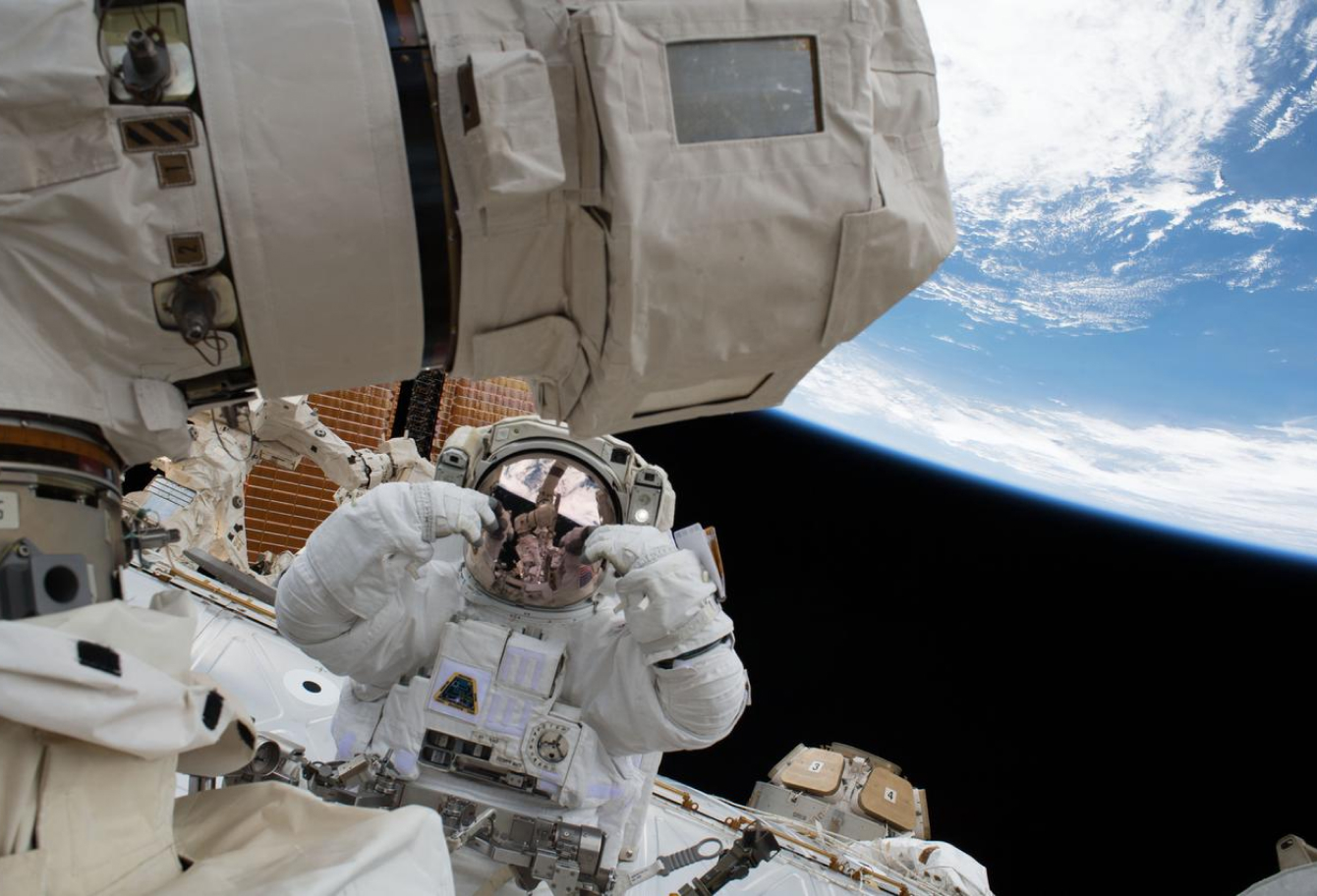
9th- 12th Grade
Explore Flight (60 minutes)
NASA is charged with solving the problems of flight and developing new technology to keep U.S. aviation first in safety, efficiency, and innovation. Join the Wallops Flight Facility Visitor Center for this live virtual experience as we uncover how NASA explores the full range of Earth’s atmosphere and achieves flight on Mars! Participants can create and test a paper helicopter along with our informal educator.
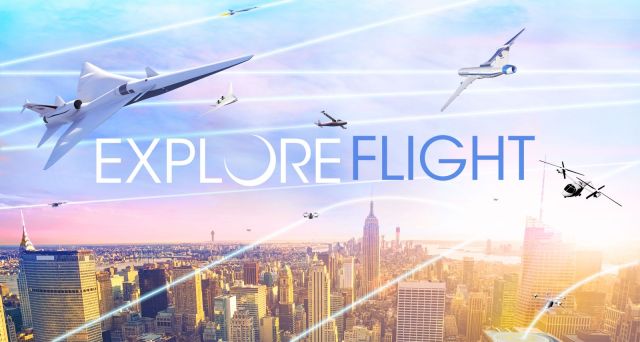
Check out our virtual field trip guide and material lists
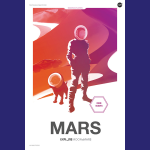
Moon to Mars Material List for Virtual Field Trip
Sep 19, 2023
PDF (1.05 MB)
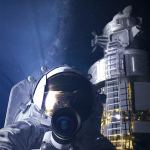
Mission Explorer Materials List for Virtual Field Trip
PDF (710.21 KB)

NESC Pilot Breathing Assessment Data
PDF (4.37 MB)
Onsite Field Trips
Educators and their groups are welcome to explore in person during onsite field trips to the Wallops Flight Facility Visitor Center in Wallops Island, Virginia. Admission to the Visitor Center is free of charge. To notify the Visitor Center of your intended field trip, email [email protected] with information about the date of your visit, time of arrival, grade level(s), and number of guests (adults and youth) in your group. Review the Field Trip Guide for more information and self-guided field trip recommendations.
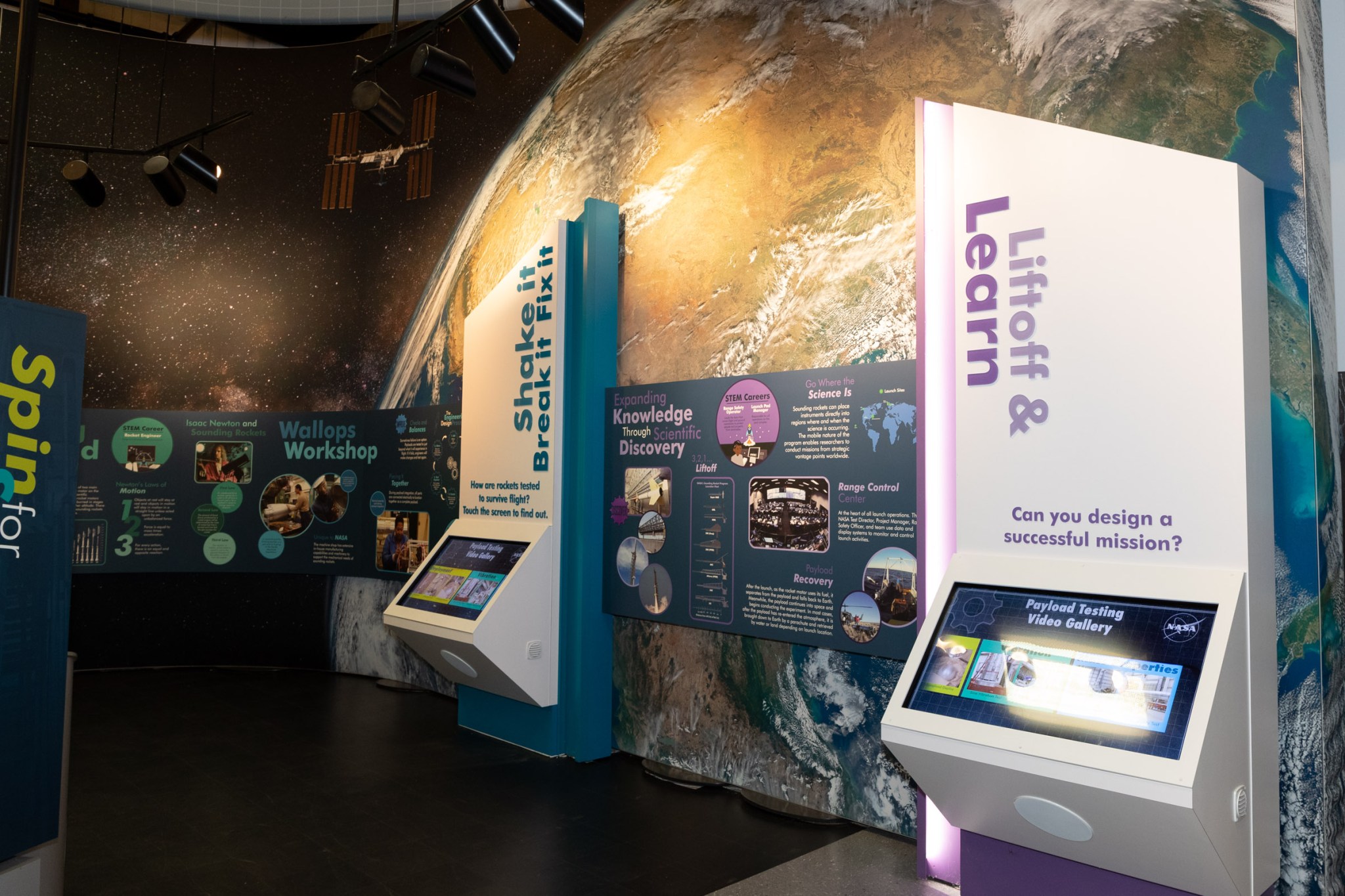
Onsite Self-Guided Field Trip
Explore the exhibits on your own, included in all field trips. Educators and their groups are welcome to explore the engaging exhibits during a self-guided field trip. Current Visitor Center exhibits may include:
- The NOAA Science On a Sphere interactive theater
- Exploring Engineering Design Process with Sounding Rockets
- NISE Network’s Sun Earth Universe Exhibit
- Lunar Surface Exploration Exhibit
- Outdoor Rocket Garden and Observation Deck
Groups may request one Visitor Center educator guided program in advance. Larger groups up to 100 participants may choose from two interactive assembly shows, and smaller groups up to 30 participants may choose from a variety of hands-on programs. Limit one add-on program (assembly show or hands-on activity) per group. See the onsite program options for more information.
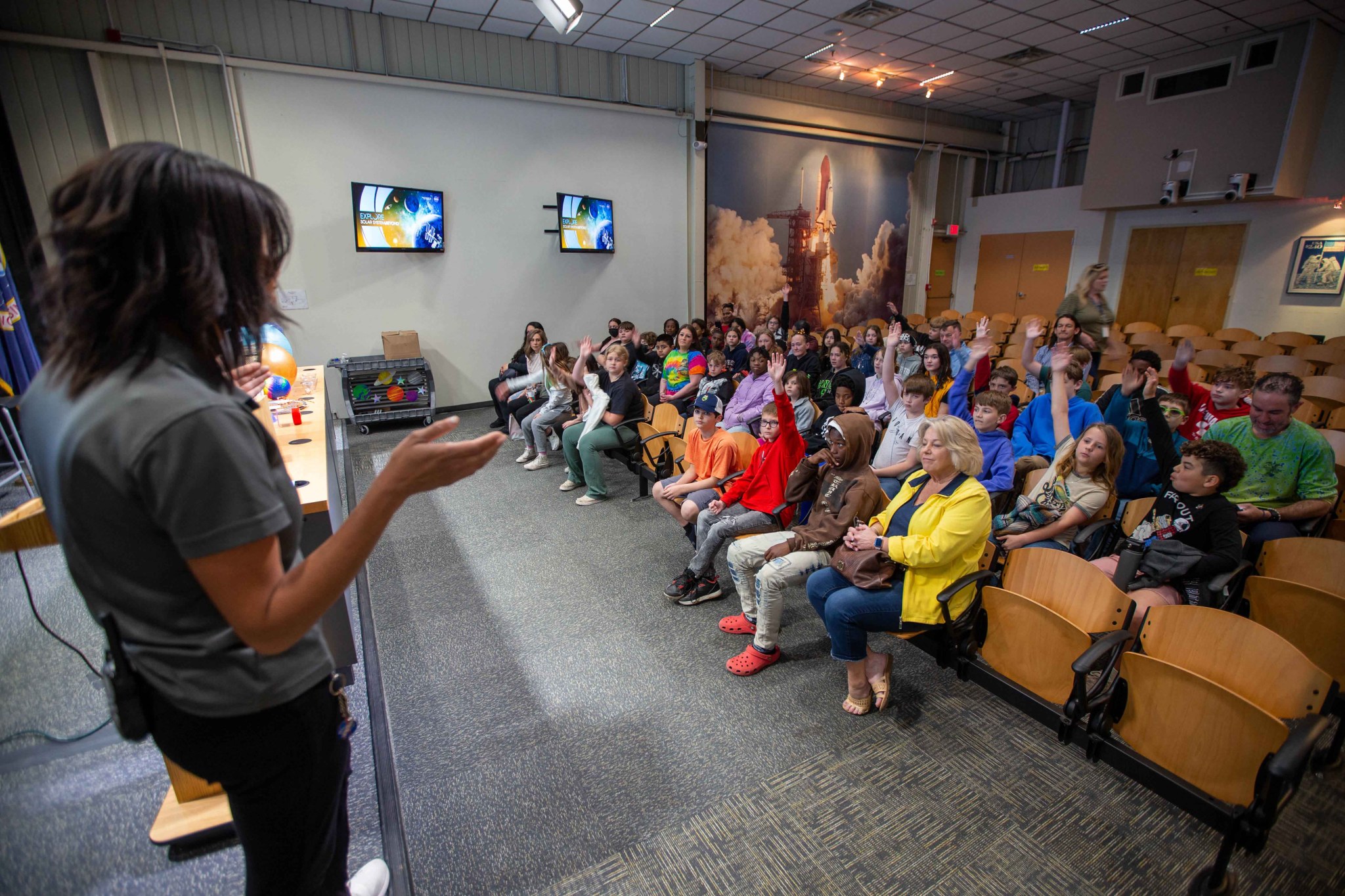
Onsite Assembly Shows
Assembly shows are 60 minutes for up to 100 participants. Adapted to the specified grade level of program participants.
Request to add a guided assembly show to your self-guided field trip. Choose from one of the topics below. 1. Explore Solar System & Beyond : Participants explore the origin, components, forces, and scientific exploration of our local solar system “neighborhood” in space. 2. Inquiring Minds : Use your thinking cap to predict what happens in our intriguing science demonstrations and to explain and outcome!
Check out our onsite field trip planning guide and booking forms
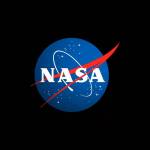
Onsite Field Trip Planning Guide
PDF (2.93 MB)
- Hands-On Programs K-2nd Grade
- Hands- On Programs 3rd- 5th Grade
- Hands- On Programs 6th- 8th Grade
Onsite Hands-On Programs, K-2nd Grade
Select one 60 minute program for up to 30 participants.
Smaller groups can request to add a Visitor Center educator guided hands-on program to your self-guided field trip. Choose from one of the topics below. 1. Stomp Rocket Rumble (forces, motion, technology): Some rockets carry science tools- not scientists- into space! In this program, your budding rocket scientists will explore sounding rockets and basic forces as they build and launch a stomp rocket. 2. Imagination Playground (creativity, motor skills, communication): If your students like to tinker, build and create, they’ll love Imagination Playground! Using oversized dense foam blocks, gears, chutes, and hinges, they’ll work together to explore simple machines and build cosmic creations.
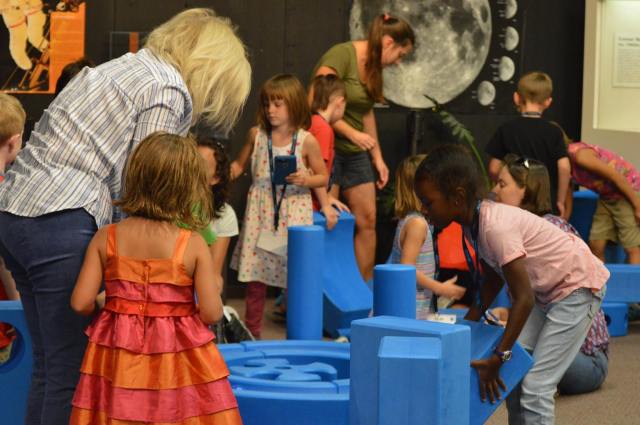
Onsite Hands-On Programs, 3rd-5th Grade
Smaller groups can request to add a Visitor Center educator guided hands-on program to your self-guided field trip. Choose from one of the topics below. 1. Seltzer Rocket Splatter (forces, motion, chemistry, art): Propel toward the skies as we explore rockets and experiment with fuel rations to maximize rocket altitude! Participants will launch on a goldenrod paper platform, allowing them to create and take a unique art piece home. 2. Parachute Design (inquiry, forces of flight, design, math): Students learn how NASA Wallops Flight Facility tested the latest parachute used to land the Perseverance Rover on Mars, then explore the principles of flight and balancing of forces as they design a parachute that must safely deliver a payload.
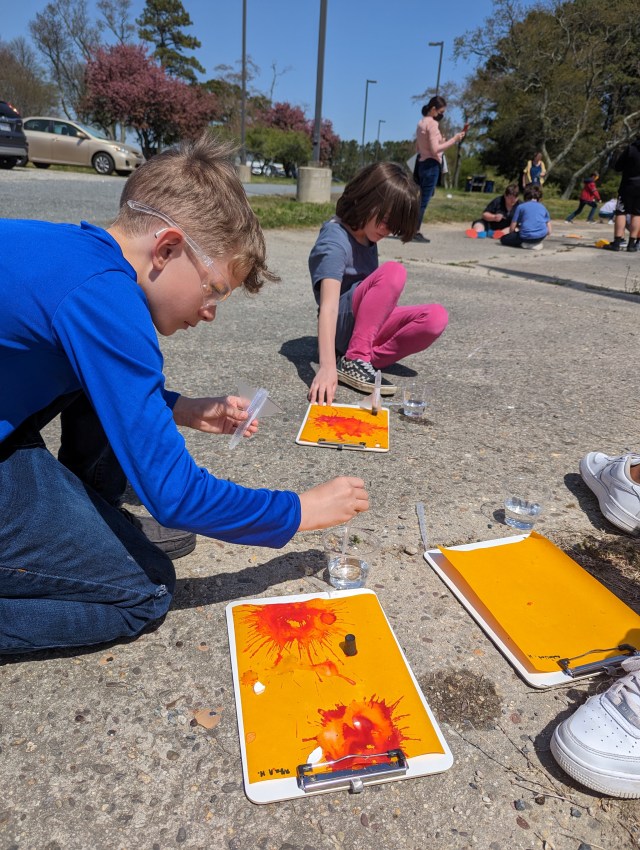

Onsite Hands-On Programs, 6th-8th Grade
Smaller groups can request to add a Visitor Center educator guided hands-on program to your self-guided field trip. Choose from one of the topics below. 1. “Strawkets”: Air Powered Rockets (forces and motion): Explore the basic parts of a rocket and work through the engineering design process to aim for a target using our high-powered straw rocket launchers 2. Rigamajig Engineering Spacecraft Challenge (solar system, engineering, technology): Students work in teams to design and construct a spacecraft set to explore a mysterious location within our solar system.
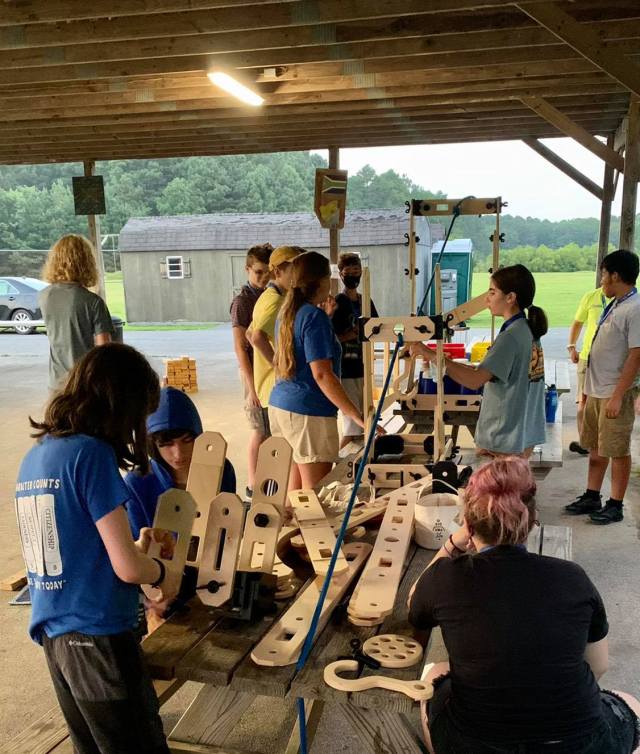
Discover More Topics From NASA
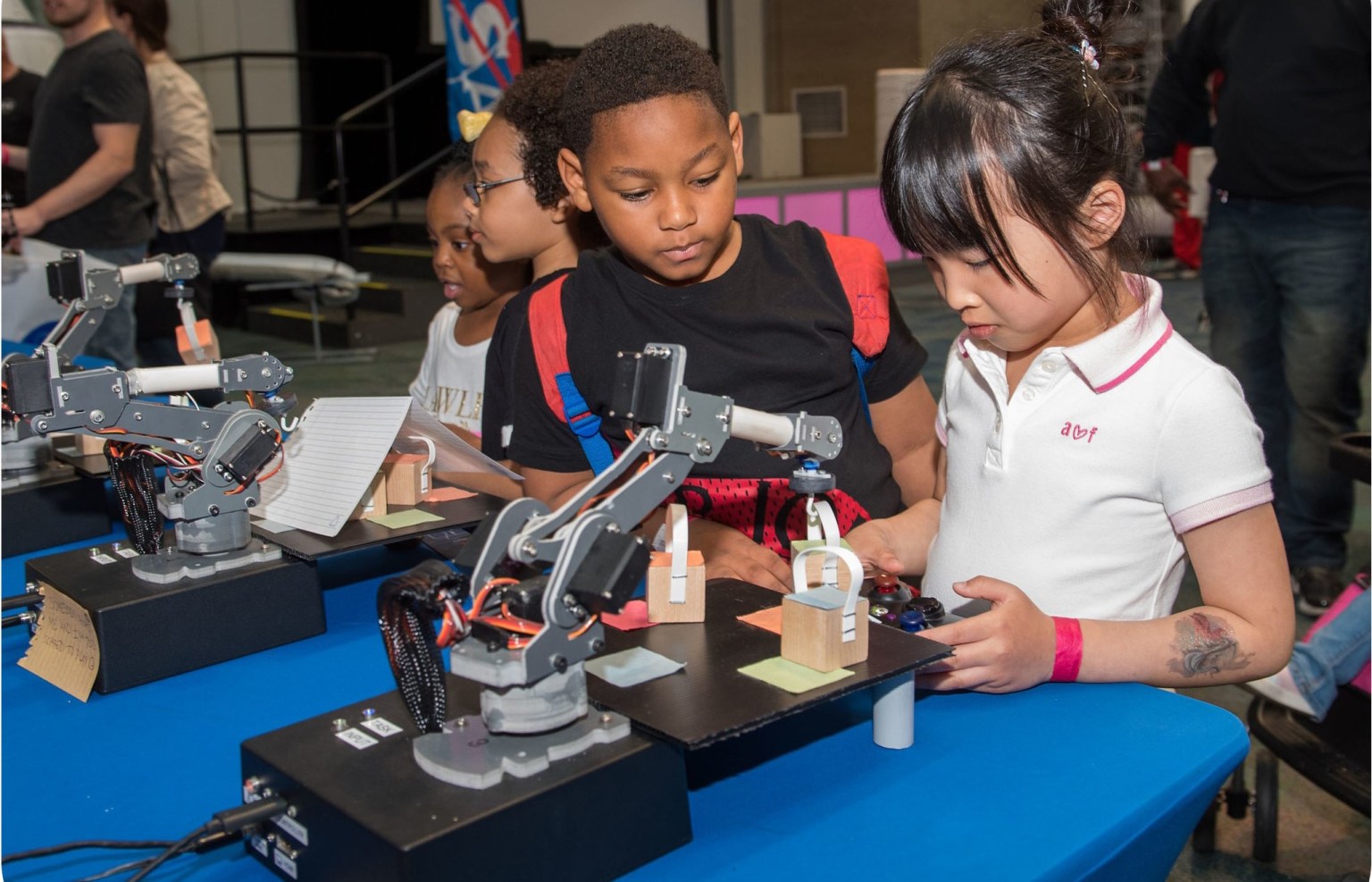
STEM Engagement at Wallops
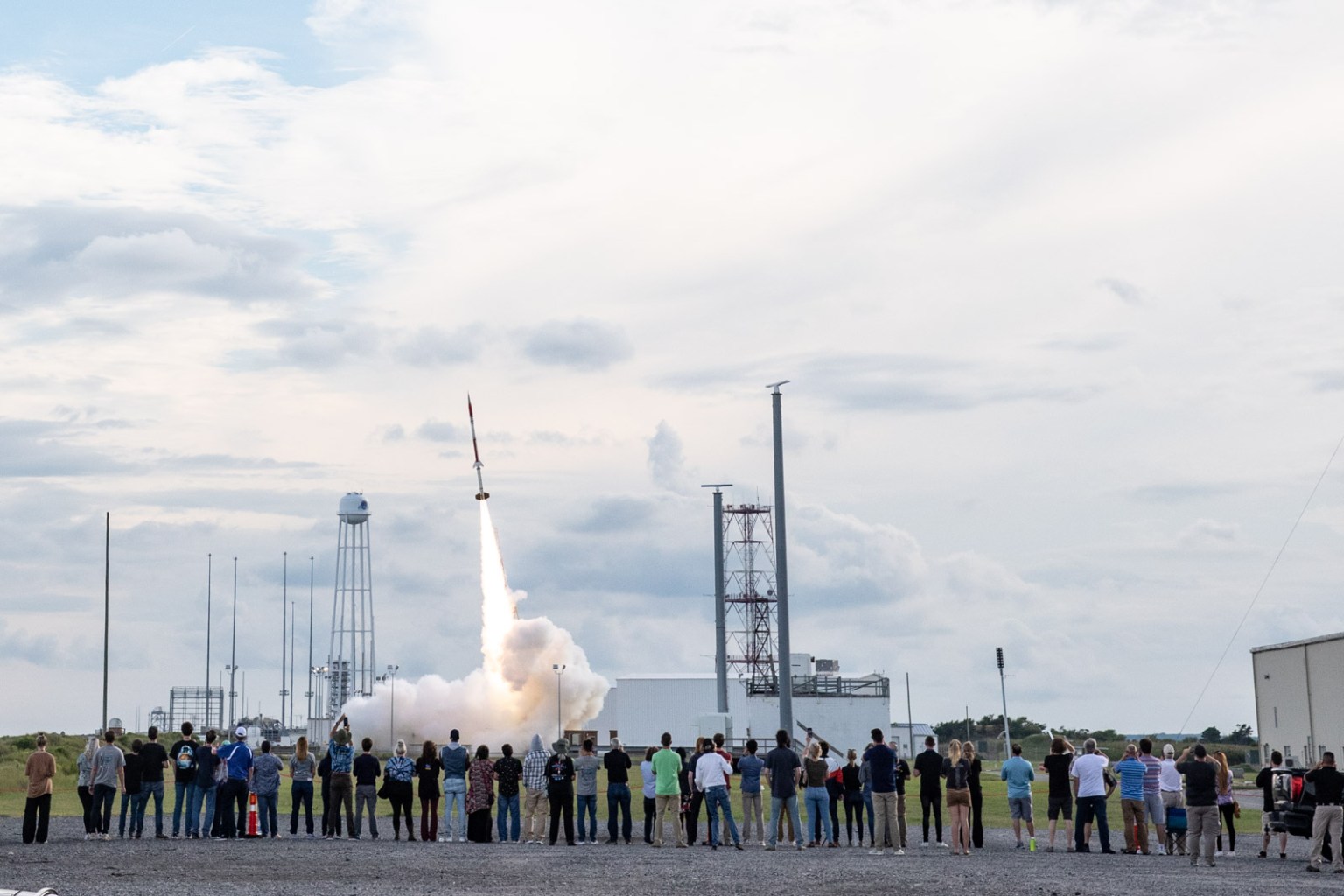
Wallops Flight Facility
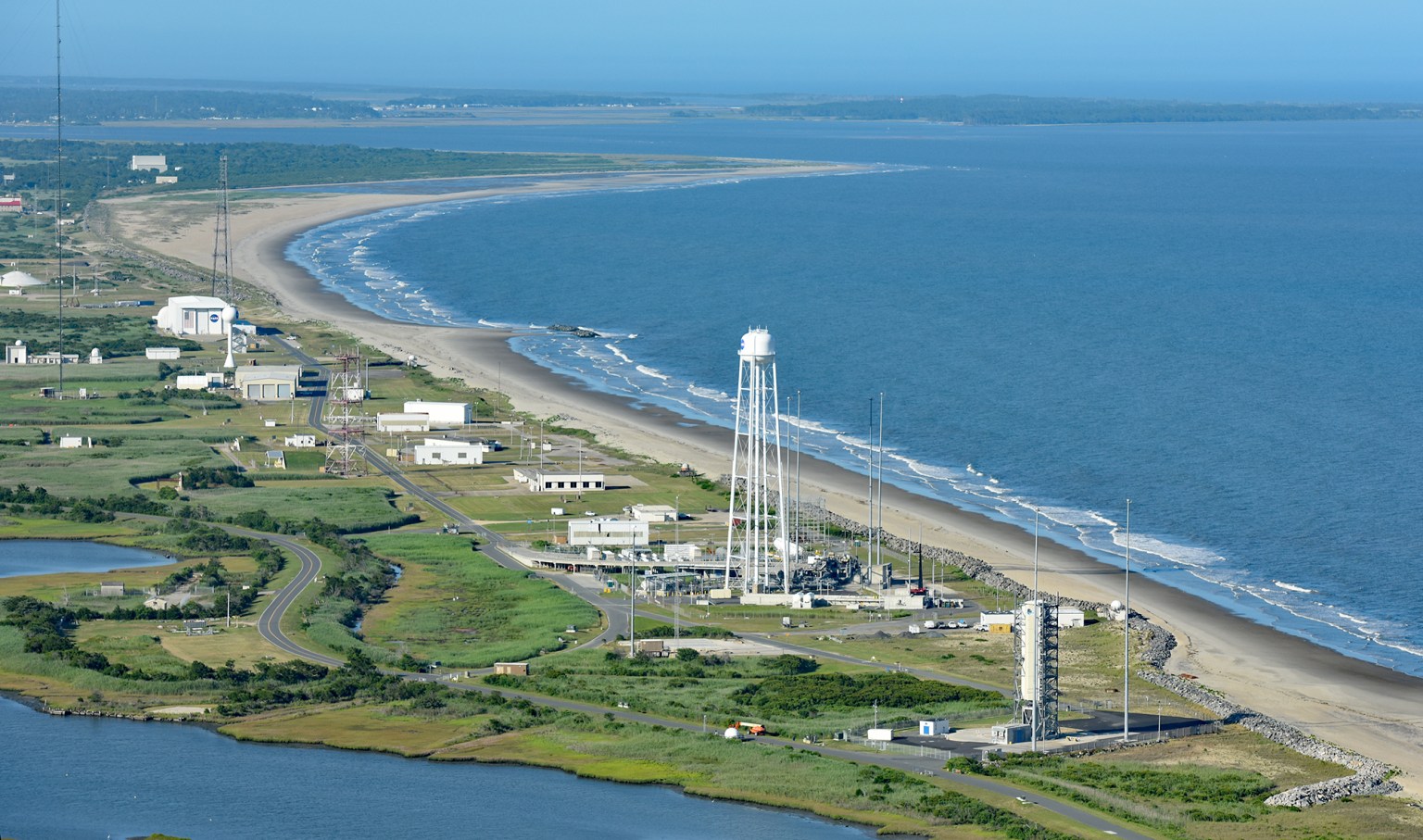
Goddard Visitor Center
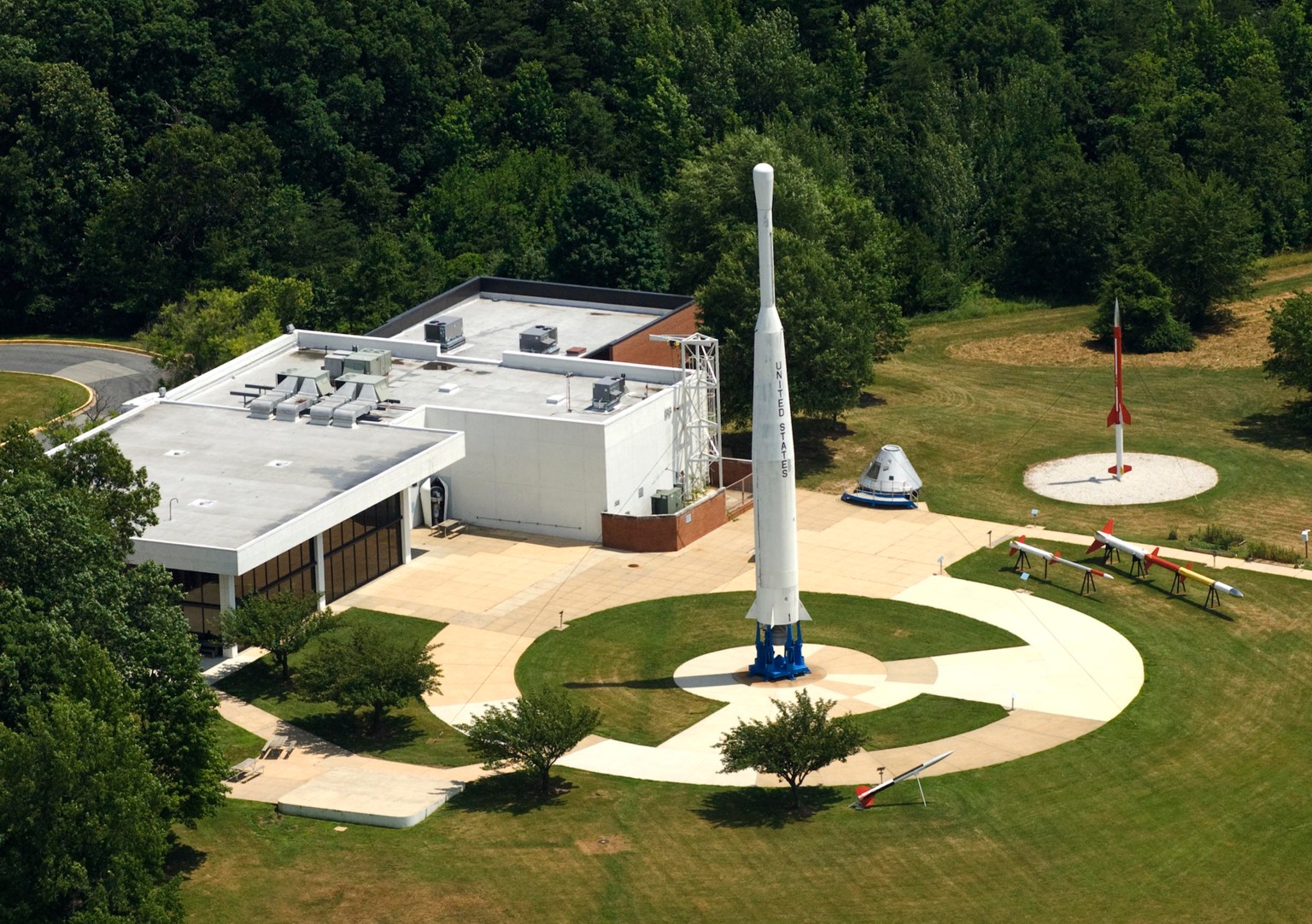
Morton K. Blaustein Department of Earth & Planetary Sciences
- Virtual Field Trips
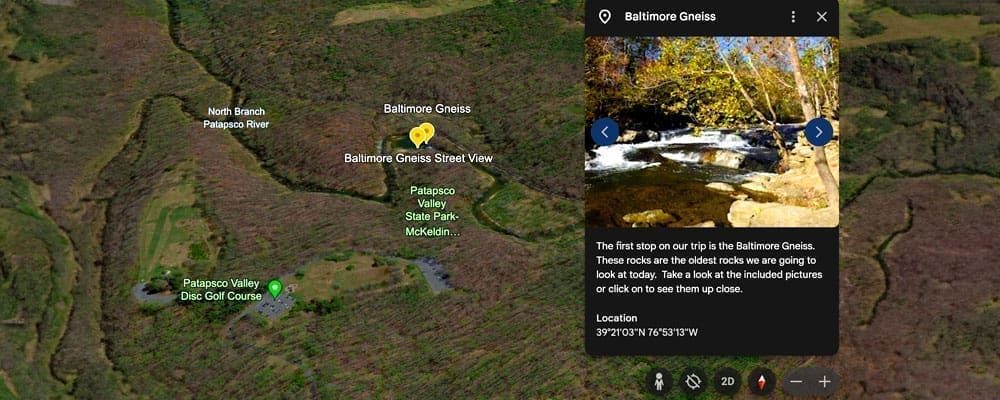
- Equity, Diversity, and Inclusivity Committee
- Computer and IT Support
- News Archive
Members of the Department of Earth and Planetary Sciences at Johns Hopkins University have created virtual field trips and experiences that can be used in a variety of ways and target different audiences. These resources can be used for online learning, to prepare students for in-person field experiences, to make field sites more accessible, and to educate broader audiences about both local field sites and research occurring within our department.
These field trips were created through the graduate class “AS.270.685: Seminar in Virtual Field Experiences: Accessibility, Exploration, and Development.” Trips and updates will be added regularly. Please contact assistant professor Emmy Smith and assistant professor Meghan Avolio with feedback or if you would like to get involved.
Torrey C. Brown Rail Trail
- Location: Cockeysville, MD to White Hall, MD
- Creators: Naomi Becker and Joseph Browning-Hanson
Interactive website with field sites in Gunpowder Falls State Park along the Torrey C. Brown Rail Trail, which spans the Phoenix Dome north of Baltimore. Each stop includes a 360-photo sphere of an outcrop, close-up photos of the geologic units, the GPS location, and structural measurements.
This website is designed as a learning module to complement other field methods topics and includes an assignment for creating a structural cross section utilizing data from the stops. This virtual trip provides participants with the tools to characterize the large structural feature and understand its context in the geology of the greater region.
- Topics covered: Tutorials on basic structural measurements and making a geological cross-section. Basic stratigraphy and rock unit descriptions. Assignment materials to use in a course setting.
- Recommended time for trip: 1 hour for virtual field experience. 1-2 hours for assignment completion.
- Accessibility: The Torrey C. Brown Rail Trail is ADA accessible and the sites selected were close to the trail to allow for accessibility. The tutorial videos include captions and images have alt text.
- Land ownership and rules: Trail is on public lands, but most of the trail is flanked by private property. It is suggested that participants who go to the visit field sites should restrict their visits to listed sites and respect any signage indicating private property.
Maryland Introductory Geology Trip for Middle School Students
- Location: Various sites around Maryland
- Creator: Kabir Mohammed
The planet we live on has a long and storied past. Though much of that past has been erased with the passage of time, rocks can tell us about what the Earth was like when they formed, and sometimes even about what sorts of things were alive then. In this virtual field trip, we are going to take a brief journey around Maryland. We will look at some of the different rocks that can be found and investigate what sorts of things were alive when they were made.
The target audience of this virtual field trip is middle school students. However, anyone is welcome to click through this trip. The trip should take ~15 min. Note that not all of these sites are completely accessible by the general public; the Baltimore Gneiss and Catoctin Formation sites require moderate hiking, the Beekmantown Group site is inaccessible directly from the trail, and the Setters Formation site is on private property. Gambrill Overlook is the most accessible site on this trip.
- Topics covered: Rifting, formation of various rock types, paleontology
- Recommended time for trip : 15 minutes
- Accessibility: Mixed – see summary above
- Land ownership and rules: Setters Formation is private property, all others are public land.
Exploring Maryland Geology: Introductory Field Trip for Dynamic Earth
- Creator: Lucy Webb
The geology of Maryland (MD) records the complex tectonic history of the East Coast of the USA. This includes multiple rifting and collisional events. The purpose of this field trip is to examine outcrops across MD to understand how geologists interpret the rock record to reconstruct geologic events.
- Topics covered: Geologic history of MD, rock and mineral identification, basic structure
- Recommended time for trip: 30 minutes
- Land ownership and rules: Most sites are located in MD state parks/local trails with the exception of Jones and Sons Quarry and Camp Singewald. Please avoid hammering at all stops as they are state parks/private property. Jones and Sons Quarry is an active quarry and is not public property. Camp Singewald is JHU property and is not available to the public without reservations.
- Accessibility: Varied, please consult chart.
Geologic Mapping with the Curiosity Rover, Gale Crater, Mars
- Location: Gale Crater, Mars
- Creator: Madison Turner
In this trip participants will get to experience Mars through the “eyes” of the Mars Science Laboratory (MSL) Curiosity Rover as it travels through Gale Crater, Mars. This trip focuses on a region encountered by the rover in 2015, where Curiosity documented a major stratigraphic boundary between the Murray Formation and the Stimson Formation. Participants will be introduced to Curiosity’s current mission and the instruments used for studying this field site while using remote mapping techniques at this unique location on Mars. This trip has a total of five stops and uses data from Curiosity’s imaging suite to answer important questions about the rocks at this field site.
- Topics covered: MSL Curiosity Rover and Mission, Remote Mapping, Sedimentary Structures, Unconformities, Optics, Instruments
- Recommended time for trip: 25 minutes
- Accessibility : N/A
- Land ownership and rules: N/A

80 Unique Virtual Field Trips
Virtual field trips allow people from across the world to access geological outcrops and experiences even when we are confined at home. They also help geoscientists plan their next field excursion.
Most of these geological field trips are fully accessible with your internet browser and require no special software apart from Google Earth in some cases. They span from the iconic volcanic landscape of Iceland, to the fossil-rich hills of central California. While some virtual field trips are simple images with accompanying text, while others are full 3D experiences.
You can begin exploring by using the map below to choose a virtual field trip.
**If you click on a link and are given a redirect notice in Google Chrome, this is normal, just click on the link shown on the page.**

360-Degree Geologic Expeditions
Virtual field trip of the Columns of the Giants in California.
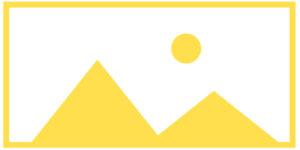
3D models of geologic strata and structures from “structure from motion photogrammetry”.

Arizona State University Field Trips
Multiple interactive and adaptive virtual field trips across the world.

EPICC Virtual Field Experiences
Virtual field trips of the fossil-rich Kettleman Hills of Central California.
ERock Virtual Outcrops
Virtual 3D outcrops of carbonates, clastic and crystalline rocks from across the world.

GeoTour: Discover Alberta's Landscapes
A virtual field trip of 14 sites across Alberta from the comfort of your own home.

Illinois Department Of Geology Virtual Field Trips
Virtual geological field trips in your browser across 6 US states.

Kentucky Geological Survey Virtual Field Trips
Virtual geological field trips across multiple states.
Maryland Appalachians Virtual Field Trip
An enhanced Google Earth Virtual geological field trips across the Maryland Appalachians
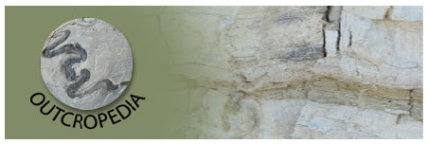
Outcropedia
An initiative of the TecTask to share outcrop images, locations and descriptions from across the world.
Rock Mass Characterization
An engineering geology field trip to prepare you to characterize rock masses in the field.

An open access database of information about classic geological outcrops. The database is run by the SAFARI project, a collaboration between Uni Research in Bergen and the University of Aberdeen.

Streetcar 2 Subduction
Multiple geological field trips across the San Francisco Bay Area, updated for AGU’s centennial.
University Of Leeds Virtual Field Trips
Virtual field trips of 6 locations across the world.
University Of Texas Libraries VFTs
Large list of virtual field trips across North America.

V3Geo Virtual Outcrops
Virtual 3D field scans of outcrops across the world that can be downloaded or explored online.
Virtual Field Trips Of Iceland
Virtual field trips of three locations in Iceland, with supporting exercises.

Virtual Field Trips Of Nova Scotia
Join a scenic virtual flight around Nova Scotia. In the fantastic world of cyberspace we will enjoy some spectacular vistas from the air and occasionally land to look at the geology up close and personal.
Virtual Field Trips Of Oregon
Virtual field trips of many locations in Oregon. Also available as downloadable Google Earth files.

Virtual Field Trip Project - Tajao
Virtual field trip of Tajao developed by the University of Southampton
Virtual Field Trip Project - Tenerife
Virtual field trip of Tenerife developed by the University of Southampton
Virtual Field Trips Of Vancouver
Browser-based field trip of the area surrounding Vancouver, BC, Canada.

Virtual Reality Glaciers And Glaciated Landscapes
Virtual field trips that explore the fascinating and often spectacular world of glaciers and glaciated landscapes.
Virtual Smithsonian
Virtually walk through the halls of the Smithsonian.
- Utility Menu
Department of Earth and Planetary Sciences
E1d1c96d5a69de8eba72ce00551b9ea1, undergraduate field experiences, department field trips.

EPS 110 Norway October 2022 Trip

SEA St. Croix January 2023 Trip
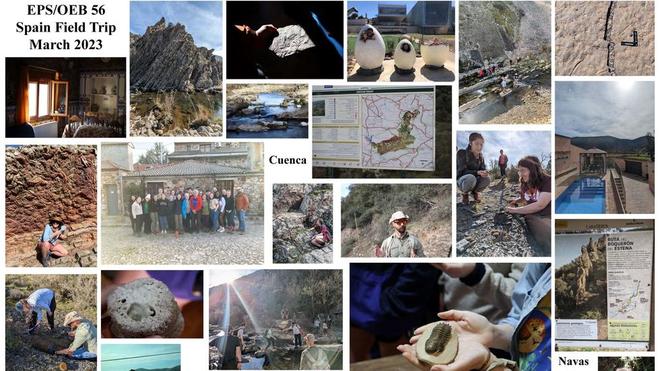
EPS 56 Spain March 2023 Trip
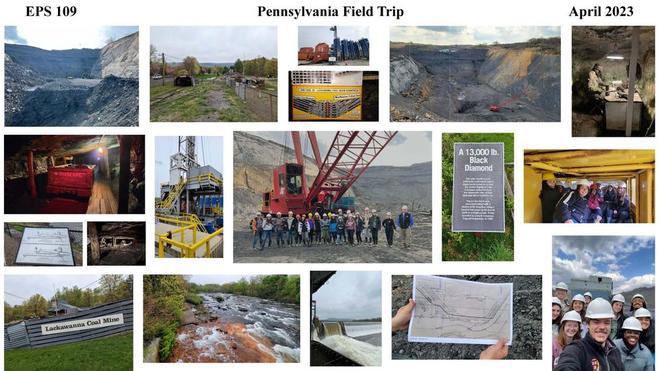
EPS 109 Pennsylvania April 2023 Trip
EPS students have the opportunity to see first-hand the science, systems, and earth processes they learn about in the classroom. This experiential learning component is key to helping students learn about the world around them and why it is so great to study earth sciences. In addition to the science, students make connections with other students and EPS faculty. There are many options for participation: EPS-sponsored annual field trips , participation in an approved field camp for credit, summer research opportunities , and EPS courses that include field trips throughout the semester.
Field Trips
All EPS concentrators are invited to participate in an EPS-sponsored annual field trip to learn about relevant earth sciences.
Undergraduate field trips are led by EPS faculty and staff. Contact Campbell Halligan ( [email protected] ) to learn more.
Undergraduate students can participate in an approved domestic or overseas field camp for credit as EPS 174. Field camp is usually taken after your sophomore or junior year, and lasts between 3-6 weeks. Additional field camps may be offered during January term. Field camp gives students hands-on experience in solving geologic problems in earth sciences. Students learn methods of obtaining, synthesizing, and interpreting field observations. Field schools are selected individually by students with the advice and approval of the instructor. Contact Campbell Halligan ( [email protected] ) to learn more.
Summer Research in Oceanography
Students are invited to apply for fellowships to do summer research in oceanography or join research cruises through an oceanographic institution, such as the Woods Hole Oceanographic Institution or the Scripps Institution of Oceanography . To learn more, please visit the Oceanography Committee's website .
- Undergraduate FAQ for 2023-2024
- Undergraduate Education
- Undergraduate Research
- Hawaii 2016
- Senior Thesis
- Undergraduate Forms
- Fall 2024 Courses
- Spring 2024 Courses
More Course Information
To search all FAS courses and cross register for courses at other Harvard schools or MIT, go to my.harvard.edu .
Graduate students may want to explore study opportunities and recommended curriculum by research area.
Undergraduate Quicklinks
Curricular Cheat Sheet
Environmental Sciences Handbook (Green Book )
Contact us to learn more about pursuing a concentration in Earth and Planetary Sciences.
Head Tutors
Roger Fu 617-384-6991 [email protected]
Ann Pearson 617-384-8392 [email protected]
Academic Programs Manager
Campbell Halligan 617-384-9760 [email protected]
- Skip to global NPS navigation
- Skip to this park navigation
- Skip to the main content
- Skip to this park information section
- Skip to the footer section

Exiting nps.gov
Alerts in effect, earth science field trip.
Last updated: May 27, 2020
Park footer
Contact info, mailing address:.
PO Box 128 West Glacier, MT 59936
406-888-7800
Stay Connected
- (623)322-2001
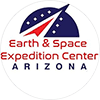
Welcome to the Earth & Space Expedition Center in phoenix!
We are a facility dedicated to educating and inspiring both children and adults about the wonders of space exploration and earth conservation.
ALL-INCLUSIVE ADMISSION
Our museum will be open to the public at 12:00 pm today, april 26th., $9 senior / military, $8 children, children 5 or under and pv students free.

Seasonal Camps
The Earth and Space Expedition Center in Phoenix offers exciting and educational seasonal camps for students of all ages. Each day, our camps will take students on a journey of discovery as they explore the latest advancements in Earth and space science.
With a focus on hands-on learning and discovery, our camps are designed to inspire and engage students, allowing them to make new discoveries and see the impact that science and technology have on their daily lives.
Featured Exhibits
Our science center features a variety of exhibits and interactive displays that showcase the latest discoveries in Earth science, astronomy, and space technology. From the mysteries of the universe to the latest missions to Mars and beyond, we have something for everyone to explore.
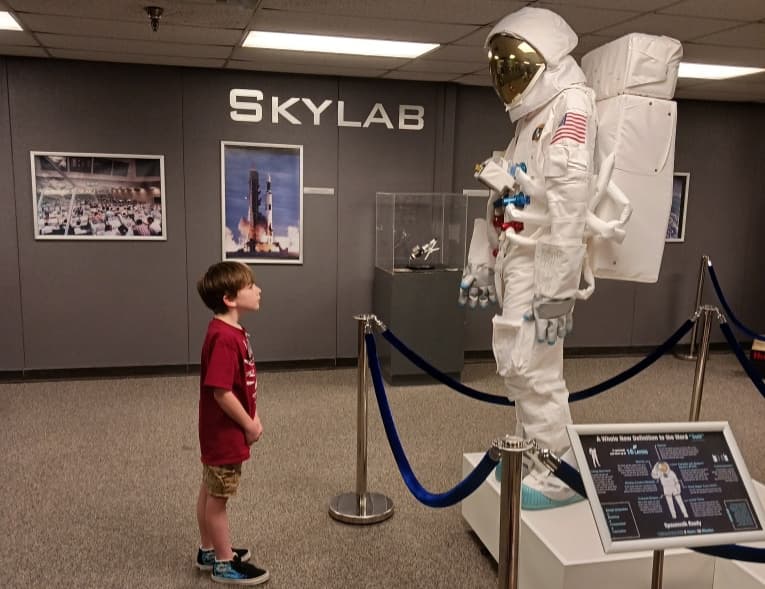
For Students
For children, we offer hands-on activities and educational programs that make learning about space fun and engaging. Our dedicated tours and field trips feature interactive displays and games that teach important science concepts in a way that is easy for young minds to understand.
We also provide a wide range of field trip opportunities for local schools to partake in. With a variety of activity-based workshops, we guarantee that you and your students will learn something new in a fun and engaging way!
Looking for unique gifts?
Our gift shop features distinctive items curated for space & science enthusiasts of all ages; even out of this world pets. Plus, all of the proceeds of our shop benefit programs providing field trips to Title One Schools and camperships for students that wouldn’t be able to attend without some help.

Anyone Can Learn With Us!
Adults can learn and discover new things at our center, too! We have exhibits and programs that delve into the latest developments in space technology, as well as the history of space exploration and Earth conservation. Our planetarium shows offer an immersive experience that transports you to the stars, while our museum provides a plethora of knowledge that is sure to teach you something new.
This is a hidden gem! Not a high-budget operation, but my kids had a blast here! We all thought the space shuttle tire was cool, and enjoyed watching the tour of the ISS. The kids especially loved the room with the giant foam blocks and they built their own space station. We also loved the planetarium and interactive exhibits in the second building. There was plenty of information to read and take in for adults and kids. We spent four hours here, and we totally got our money’s worth. My kids love building and space, though, so I imagine most families would probably be satisfied after about two hours.
“Excellent place with a lot of history as well as modern, interactive, and fun means of learning. Even better than their old location but all the same passion and excitement.”
“Was a great place to visit. Lots of history learned and also current events. Lots of hands-on things to check out.”
“I absolutely loved it. This is a good place for the entire family to go.”
James Jankowski
“Such a nice place for kids to imagine and explore their surroundings! Staff are super friendly too!”
Michelle Smalley
The earth and space expedition center offers a journey, of discovery into fascinating new worlds.

The desire to conserve our Earth and explore our universe.

WE CELEBRATE
science and space exploration, with a view of our history and a vision for our future.

people about earth and space science through fun, interactive learning experiences.
Through our immersive technologies, students of all ages and abilities realize the possibilities for their future. Hands-on exhibits teach in a fun way. Multimedia technology rewards curiosity and reinforces learning about space and the world around us.
Where will your expedition take you?

Check out all of our special events and programs throughout the year.
At the Earth and Space Expedition Center, we believe that space exploration is not just for scientists and astronauts, but for everyone to experience and enjoy. We invite you to come and explore the wonders of the universe with us and discover the infinite possibilities that lie on and beyond our planet!
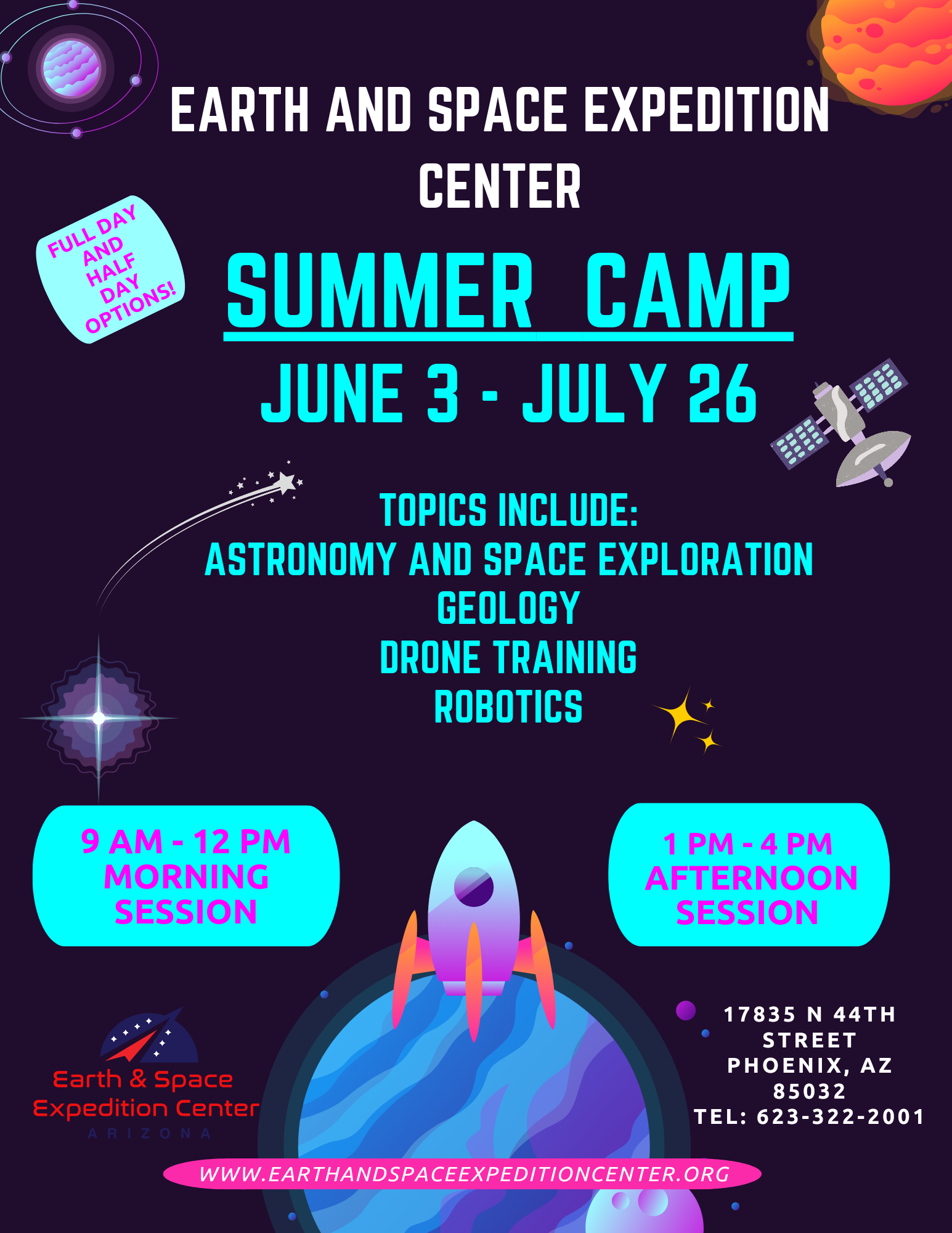
- Department of Earth and Atmospheric Sciences
Undergraduate Programs
Field trips.

Field trips are held both around campus and at various locations throughout the Texas area. Please direct any questions regarding upcoming field trips to Jinny Sisson or Daniel Hauptvogel .
Registration for Spring 2024 field trips begins February 26. Virtual field trips will be available March 25
- Field Trip Dates & Online Registration
- Field Trip Frequently Asked Questions
Virtual UH Rocks! Tour
- Assignment and Instructions
- Virtual Tour link to Google Earth
Virtual Field Trip to Central TX
- Central Texas Template for Images
Virtual Field Trip to the Upper Texas Coast
- Virtual Tour link
Virtual Field Trip to the Earth's Mantle
Central TX field trips:
Field trips to Central TX showcase traditional geology looking the rock cycle, minerals, faults, intrusions, and an unconformity. There are typically 4 stops on this trip, with the last stop at Enchanted Rock State Park where you can take in a gorgeous late afternoon view of Central TX. A physical geology faculty member will lead this trip. Trips leave UH at 6:00 am and do not return until about 10:00 pm. A 55-passenger coach bus is used for this trip with a restroom on the bus. The bus will make 3 stops throughout the day for food and drink supplies, or you may bring your own.
There is also a virtual field trip to Central TX available, where you can watch videos of faculty explaining field trip stops and make geologic interpretations on high-resolution images. To get extra credit, you need to submit answers to questions as well as your geologic interpretations to the Geoscience Learning Center. You need to do your own answers and interpretations. You may not submit work done by others nor may you work with a fellow student for extra credit.
Upper Texas Coast field trips:
Field trips to the Upper Texas coastal area explore coastal as well as river processes (depending on which faculty is leading the trip). You can expect to learn about beach erosion, sediment transport, ocean currents, and more. A physical geology faculty member leads this trip. Trips leave UH at 8:00 am and return around 5:00 pm. A 55-passenger coach bus is used for this trip with a restroom on the bus.
There is also a virtual field trip to the Upper Texas Coast available with videos explaining field trip stops as well as 360 o images showing key features. To get extra credit, you need to submit answers to questions as well as your geologic interpretations to the Geoscience Learning Center. You need to do your own answers and interpretations. You may not submit work done by others nor may you work with a fellow student for extra credit.
UH Rocks! campus tours:
There are no rocks naturally present in the Houston area, however many of the buildings on campus are made from geologic materials (at least on the outside). This tour is led by physical geology TAs who will teach you about the rocks that some buildings, walkways, and hallway walls on campus are made from. Tours are 1 hour long, with many options for days and times each semester. You can click on the link above to download a guidebook for the on-campus tour.
There is a new virtual field trip using the Google Earth app that shows a dozen different building stones throughout the UH campus. To get the extra credit you need to submit answers to questions to the Geoscience Learning Center.
Exploring Earth's Mantle field trip: Wait a minute how can a field trip take you to see the Earth's mantle as in either the Jules Verne book or the 2008 movie version of Journey to the Center of the Earth? Well, instead geoscientists use techniques like doctors do to create three-dimensional images with computerized tomography (CT) of series of images. Unlike doctors who use x-rays to detect gallstones or cancer, geoscientists use the speed of seismic energy seen traveling through the Earth. On this trip, you will explore the Earth’s mantle in several different tectonic settings such as convergent and passive margins as well as a mantle plume (hot spot).
Houston Museum of Natural Sciences
HMNS tours explore 3 halls related to geology, the Morian Hall of Paleontology, the Cullen Hall of Gems and Minerals, and the Wiess Energy Hall. Physical geology faculty members or TAs leads trips. These tours meet in the museum lobby at 2:00 pm on the last 6 Thursdays during the semester, when entry to the museum is free. The tours last about 3 hours and you are responsible for your own transportation to and from the museum.

- Integrations & Access
- Content Partners
- Science Techbook
- Mystery Science
- Pivot Interactives
- DreamBox Math
- Reading Park
- Reading Plus
- Social Studies Techbook
- Augmented Reality
- Professional Learning
- Research & Impact
- Success Stories
- Leadership Blog
- Courageous Leaders
- Communications Resources
- Discovery Educator Network (DEN)
Virtual Field Trips
- Educator Blog
- Puzzlemaker
- Career & Technical Education
- Teacher Retention
- Supporting Literacy
- Education Funding
- About Corporate Partnerships
- Our Corporate Partnerships
- Join our Network
- STEM Careers Coalition
- Career Connect
No permission slips required! These virtual events let educators take students to amazing places and give them remarkable experiences, without ever leaving the classroom.
Featured and upcoming virtual field trips.
Join us for our Virtual Field Trips or watch them on-demand after their premieres. Each no-cost Virtual Field Trip comes with a companion guide packed with standards-aligned, hands-on learning activities! Select one of the options below to register.
On-Demand Virtual Field Trips
Discovery education & the nba: a slam dunk partnership, “innovators for impact” virtual field trip with olympian katie ledecky and panasonic, bridge to the future: a virtual field trip into extended reality, arctic adventures: polar bears at play virtual field trip, the science & behavior of safe driving: it takes all of us virtual field trip, an ounce of prevention virtual field trip, the courage to act: forming a chain of resistance.
School of Earth, Society & Environment
Department of Earth Science & Environmental Change
- Why Study Geology
- Undergraduate
- Undergraduate Programs
- Graduate Program
- Online Graduate Programs
- Course Catalog
Field Trips
- Research Areas
- Labs & Facilities
- Field Research
- Related Research Programs
- Directions to the Department & Colloquia
- Undergraduate Research
- Administration & Staff
- Emeritus Faculty
- Affiliate/Adjunct Faculty
- Graduate Students
- Postdoctoral Researchers
- Geology Careers
- Geology Library
- Geology Resource Links
- Event Calendar
- Statement on Diversity, Equity, and Inclusion
- Teaching Resources
- Alumni Information
- Donate to Geology
- Geology Alumni Board
- Departmental Newsletters
- Alumni Achievement Award
Donate to the Field Trip Fund
The Department of Earth Science & Environmental Change organizes domestic and international field trips. Below are some of the trips you could participate in!
- Hawaii (2023)
- Minnesota River Valley, Badlands National Park, and The Black Hills (2022)
- Cyprus (2011, 2015, 2020)
- Scotland (2014, 2018)
- Ireland (2008, 2012, 2016, 2019)
- Curacao (1998, 2001, 2004, 2007, 2010)
- Arizona (1997, 2000, 2003, 2006, 2009, 2013, 2017)
- AZ-CA (2006) - Core Complexes, San Andreas, Death Valley
- Texas (2002)
REGULAR COURSE FIELD TRIPS
- Geol 107 Fall & Spring - Turkey Run State Park, IN
- Geol 110 Fall - St. Francois Mtns. MO & Starved Rock State Park, IL
- Geol 208 Fall & Spring - St. Francois Mtns. MO
- Geol 333 Spring - Starved Rock State Park, IL
- Geol 380 Spring - Bear Run Coal Mine, IN + 9 trips to local environmental facilities
- Geol 401 Fall- 6 local geology trips
- Geol 411 Fall - Baraboo, WI
- Geol 436 Spring - Duluth, MN
- Geol 440 Spring - NE Kentucky
FALL DEPT. FIELD TRIP
- Fall 2014 (Thornton Quarry, Indiana Dunes)
- Fall 2013 (Vermillion River Canoe Trip)
- Fall 2012 ( Fall Creek Gorge , Williamsport Falls )
- Fall 2011 ( Starved Rock State Park and Matthiessen State Park )
- Fall 2006 ( Farmersburg Coal Mine )
- Fall 2005 (Vermillion River Canoe Trip)
- Fall 2002 (Turkey Run Canoe Trip)
- Fall 1998 (Nat'l Coal Mine & Museum tour)

Study at Cambridge
About the university, research at cambridge.
- Undergraduate courses
- Events and open days
- Fees and finance
- Postgraduate courses
- How to apply
- Postgraduate events
- Fees and funding
- International students
- Continuing education
- Executive and professional education
- Courses in education
- How the University and Colleges work
- Term dates and calendars
- Visiting the University
- Annual reports
- Equality and diversity
- A global university
- Public engagement
- Give to Cambridge
- For Cambridge students
- For our researchers
- Business and enterprise
- Colleges & departments
- Email & phone search
- Museums & collections
- Undergraduates
- Department of Earth Sciences
- Earth Science for Society overview
- Our climate science research
- Natural hazards and disaster risk
- Sustainable Earth
- Geoscience in Context Seminar Series
- The Cambridge Green Challenge
- Disabled Access
- Wellbeing overview
- Bullying and harassment
- Dignity at Work
- Breaking the silence
- Occupational Health
- Counselling Service
- Personal and Professional Development
- Alcohol and catering
- Sedgwick Museum
- People overview
- Academic Staff
- Professional Services Staff
- Research Staff
- Research Students
- Emeritus and College Teaching Staff
- All members of the Department
- Prospective Undergraduates overview
- Subject Overview
- Career Prospects
- Career Profiles overview
- Anna Prescott
- Course Structure
Field Trips
- Meet The Staff
- Subject Masterclass
- Admissions Criteria
- Prospective Postgraduates overview
- MPhil by Research Thesis (1 Year)
- PhD in Earth Sciences
- PhD (Overseas Students)
- Potential PhD Supervisors
- Research Areas
- Postdoctoral Research Opportunities
- Job Opportunities
- Briony Bowe
- Dr Joel Gill
- Bethany Jackson
- Jenny Knight
- Greg Palmer
- Visiting Scholars
- Visiting Students
- IA Earth Sciences overview
- Introduction to Part IA Earth Sciences
- IB Earth Sciences A overview
- Introduction to Part IB Earth Sciences A
- IB Earth Sciences B overview
- Introduction to Part IB Earth Sciences B
- II Earth Sciences
- III Earth Sciences overview
- Introduction to Part III Earth Sciences
- Field Trips overview
- Part IA—Arran
- Part IB—Sedbergh
- Part IB—South West England
- Part II—Skye
- Part II—Greece
- Part III—Spain
- Field Trip Dates
- IA Arran Photo Competition 2020
- MRes Resources
- MPhil and PhD Resources
- Research overview
- Climate Change
- Mineral Sciences
- Palaeobiology
- Research Groups and Projects overview
- Deep Earth Seismology Group
- Cambridge Volcano Seismology Group overview
- All about Earthquakes and Volcanoes
- Online Activities
- Could you be a Volcano Seismologist?
- Frequently Asked Questions
- Additional Resources
- Cambridge Nuclear Energy Centre
- BP Institute
- Cambridge Quarternary Group
- Godwin Laboratory for Palaeoclimate Research
- Institute of Theoretical Geophysics
- Our Research Mission
- Resources overview
- Computing overview
- Computer accounts for visitors overview
- Computing facilities
- Visitor network registration form
- Network connection
- Departmental Facilities overview
- Laboratories
- Analytical instrumentation overview
- Scanning Electron Microscopy
- Electron Probe Microanalysis
- Nexion ICP-MS overview
- Solution ICP-MS Applications
- Laser Ablation - ICP-MS
- iCap-Q ICP-MS overview
- Sample Preparation / Standards
- Data processing
- Element XR ICP-MS
- Neptune Multi-Collector ICP-MS
- Nuclear Magnetic Resonance
- Raman Microscopy
- X-Ray Diffractometry overview
- X-Ray Current Equipment
- XRD Data Analysis Service
- Conservation and rock storage
- Health and Safety overview
- Safety Forms
- Departmental Codes of Safe Practice
- Safety Appendices overview
- Fieldwork Safety
- Use of Laboratories (PROCESS)
- Permission to Work Out of Hours in Laboratories
- Accidents and Incidents
Safety Handbook
- Committee Dates and Membership
- Visit or Contact the Library overview
- Library Floor Plan
- Library Resources overview
- Earth Sciences eJournals (A–F)
- Earth Sciences eJournals (G–M)
- Earth Sciences eJournals (N–Z)
- Undergraduate Resources overview
- Reading Lists overview
- IA Earth Sciences
- IB Earth Sciences (A & B)
- Part II - Core 1 Geophysics
- Part II - Core 2 Ancient Life and Environments
- Part II - Core 3 Petrology
- Part II - Core 4 Climate
- Part II - Core 5 Mineralogy
- Part III - Option 1 Continental Tectonics
- Part III - Option 2 Lithospheric Dynamics
- Part III - Option 3 Deep Earth Structure
- Part III - Option 4 Records of Environmental Change in Earth History
- Part III - Option 5 Advanced Topics in Sedimentary Geology and Stratigraphy
- Part III - Option 6 Evolution and Composition of the Earth's Mantle
- Part III - Option 7 Volcanology
- Part III - Option 8 Planetary Chemistry and Evolution
- Part III - Option 9 Magma Dynamics
- Part III - Option 10 Chemical Weathering
- Part III - Option 11 Reconstructing Climate and Ocean Physics
- Part III - Option 12 Magnetoelastic Coupling
- Part III - Option 13 Magnetism of Earth and Planetary Materials
- Part III - Option 16 Vertebrate Paleontology
- Part III - IDP 2 Earth Sciences
- Past Tripos Papers
- Part II & III Re-print Collection
- Previous Part II Mapping Projects
- Previous Part III Student Projects
- Digital Map Library
- Department Publications
- Earth Sciences eBooks overview
- eBooks Authors A–C
- eBooks Authors D–L
- eBooks Authors M–R
- eBooks Authors S–Z
- Earth Sciences Library
- Alumni overview
- Alumni News
- Alumni Events
- Alumni Publications
- Support the Department overview
- Earth Sciences General Fund (Unrestricted)
- Earth Sciences Fieldwork Fund
- Earth Sciences Student Support Fund
- Sedgwick Museum Collections Store
- Alumni-funded Awards and Prizes overview
- Reekie Memorial Prize
- Class of 2005 Award
- Class of 2008 Award
- Dave Thompson Award
- Data Protection for Alumni and Supporters
- IB Earth Sciences A
- IB Earth Sciences B
- III Earth Sciences
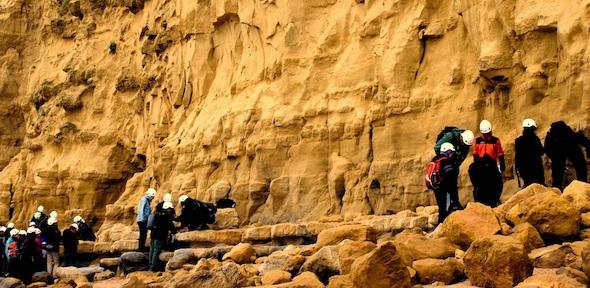
Learning in the Field
Field trips allow students to put all the theory that they learn in the lecture theatre and practical lab into context—expanding knowledge and understanding of the natural world. There are six main taught residential field courses over the four-year undergraduate course:
Between second and third years, students will often undertake an independent piece of fieldwork as part of a group—the p art II mapping project . More information about the mapping project can be found in the Part II pages .
Fieldwork Logistics
Students are not expected to be experienced outdoor enthusiasts, who have spent years hiking around wild moorland in the pouring rain. The aim of all our field trips is to introduce our students to geology in the field—helping to further their understanding of lecture material, and build up practical observation and interpretation skills.
Field trips are heavily subsidised by the Department, but students are charged around £80 (£65–130 depending on the trip) to cover some of the costs. Exact field trip costs and payment deadlines are included in the relevant course guides.
The Department has a Fieldwork Fund (sponsored by alumni) to ensure that fieldwork is an exceptional experience for all our students—giving them the same opportunities as their predecessors. Students can apply to this hardship fund to help cover any fieldwork costs. Contact our Department Administrator for more details.
Financial support is also available from individual colleges, so students should contact their college to see what help is available to cover fieldwork costs.
A secondary cost to all fieldwork is equipment. Essential outdoor gear for all field trips is:
- A pair of walking boots
- A good waterproof jacket and waterproof trousers
- A hand lens
Specific kit lists for each trip are provided in the relevant course guide.
Obtaining these items need not be expensive, so please ask for advice from older students if you need it. Contacting a member of the Sedgwick Club committee would be a good starting point, otherwise drop into the library and ask someone.
Course structure
The exact itinerary for each field course will differ, with more details available on individual field trip pages, but in general they involve:
- 09:00–17:30 in the field.
- Minibus or coach travel from the accommodation to the first locality.
- 30–60 minutes spent at each locality—allowing students enough time to examine the outcrop, discuss their observations with demonstrators, fill in their notebook, and then debrief with the course leader.
- 3–5 outcrop localities each day—on some trips students will walk between localities (e.g., Arran and Sedbergh), on others students are transported by minibus or coach (e.g., SW Trip and Greece).
- A break for lunch—food is either provided by the accommodation or bought on the way to the first locality.
- Evening presentations—students, in groups of 2–3, present their observations and interpretations of outcrops that they've seen that day. On mapping courses (Sedbergh and Skye), the evenings are used for inking in maps, rather than presentations.
- Free time after presentations in the evenings.
Accommodation
On all field courses, everyone stays in either B&Bs, apartments, hotels, or cottages—as the point of the course is to learn geology, and not outdoor skills, a good night's rest and good food is a priority.
Field safety
When out on fieldwork, you need to be aware of your health and safety, and what responsibilities you have to look after yourself and your colleagues. Please refer to the Safety Handbook before each field trip.
Useful links
All course materials can be found on the Earth Sciences Moodle course pages.
Log on to Moodle
Health & safety
Whether in the lab or out on fieldwork, you need to be aware of your health and safety, and what responsibilities you have to look after yourself and your colleagues. Please refer to the Safety Handbook.
Writing Fellow
Do you need help with any aspect of writing from generating ideas, planning and structure, to clarity and editing? Our Writing Fellow can help.
Department of Earth Sciences University of Cambridge Downing Street Cambridge Cambridgeshire CB2 3EQ United Kingdom Telephone: +44 (0)1223 333400 Fax: 01223 333450
Contact: [email protected] Site Privacy & Cookie Policies
Bullard Laboratories Department of Earth Sciences University of Cambridge Madingley Road Cambridge Cambridgeshire CB3 0EZ United Kingdom Telephone: +44 (0)1223 337191 Fax: 01223 360779
Quick Links
Department Directory
Support the Department
Social media
Read our blog
Follow us on Twitter
Follow us on Instagram
© 2024 University of Cambridge
- Contact the University
- Accessibility
- Freedom of information
- Privacy policy and cookies
- Statement on Modern Slavery
- Terms and conditions
- University A-Z
- Undergraduate
- Postgraduate
- Research news
- About research at Cambridge
- Spotlight on...
Earth Science Field Trips
Fieldwork in earth sciences gives you the opportunity to put your skills and knowledge to practice in the best laboratory we have – earth. students often remark that the field trips they go on are the most rewarding and memorable of the courses they take at utm, and they will teach you valuable field skills which are highly sought after by employers., please see below the list of courses:.
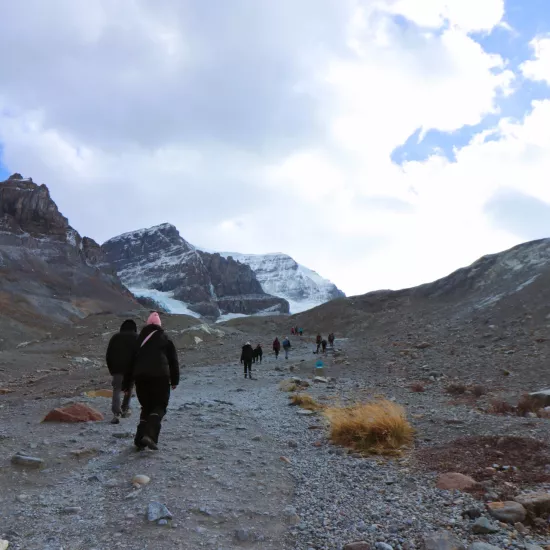

- Instructors
- Institutions
- Teaching Strategies
- Higher Ed Trends
- Academic Leadership
- Affordability
- Product Updates
Earth Day 2024: Course Materials to Engage Students in Environmental Science

On April 22, 1970 , Earth Day emerged as a pivotal event in the environmental movement. Spearheaded by U.S. Senator Gaylord Nelson, it aimed to raise awareness about pressing environmental issues and inspire action towards conservation. On the inaugural Earth Day, 20 million Americans took to the streets to voice their concerns about the need for environmental protection.
Since then, Earth Day has evolved into a global phenomenon, observed across 192 countries.
What better way to commemorate this momentous occasion and celebrate Earth Day 2024 than by incorporating course materials that dive deep into environmental topics, Geography and Earth Science ? From the intricate ecosystems of ecology to the innovations of renewable energy, these Cengage resources offer students a comprehensive journey toward understanding, protecting and appreciating our planet ― our home.
Explore recent releases for Earth Day 2024
Human geography: a spatial perspective, 1st edition.
Launched in March, “ Human Geography ,” 1e by Sarah Witham Bednarz, Mark Bockenhauer and Fred Hiebert is an accessible and thought-provoking exploration of geographic thinking, providing context for the exciting field of human geography. The chapters span the patterns and processes of human geography: population and migration, concepts of culture, spatial aspects of political behavior, agriculture and rural land use, cities and urban landscapes and industrial and economic development.
The authors focus on the impacts of globalization and on human-environment interaction. Maps, models, case studies, and features showcase the remarkable work of National Geographic Explorers, fellows, writers, and photographers help bridge geographic concepts with real-world experiences!
Environmental Science, 17th Edition
“ Environmental Science ,” 17e, released in February, is written by G. Tyler Miller, Scott Spoolman and new author Danielle M. Andrews-Brown. Dr. Danielle M. Andrews-Brown brings a fresh perspective to the subject with updated language, examples and figures that celebrate diverse cultures.
This edition provides students with the knowledge, tools and motivation to address today’s most pressing environmental issues. “Environmental Science” showcases the work of diverse scientists and citizens through compelling imagery and interactive maps. A focused-learning approach helps students grasp key ideas and become lifelong learners who care about the environment. With sustainability as the foundation, the authors highlight important concepts such as natural capital, degradation, solutions, trade-offs and individual choices. Students gain a deep understanding of nature and humanity’s long-term relationship with Earth.
Geology and the Environment, 8th Edition
“ Geology and the Environment: Living with a Dynamic Planet ,” 8e by Paul Bierman, Richard Hazlett, Dee D. Trent brings the relationship between humans and the Earth to life. Unlike many introductory geology texts, the content focuses on the here and now. The newly illustrated text has been fully updated, rewritten, condensed and modernized, including hundreds of new photographs. It is the most current, exciting way to study Earth as a system including the geosphere, hydrosphere, atmosphere and our changing climate. Excite your students with the most up-to-date text covering the basics of geology in an environmental context that considers geologic hazards and how to best manage and avoid them.
Gear up for Earth Day with two exciting, interactive features
Arcgis: interactive mapping.
With our ArcGIS Map Analysis activities in MindTap , students can use GIS and mapping tools to explore the world. Engage students in thrilling adventures where they sharpen critical-thinking skills, spatial awareness and build world knowledge.
Virtual Field Trips
Bring students to the field without leaving their seats! Virtual Field Trips in MindTap take students across America as they explore geological features from the Volcanos in Hawaii to Death Valley to Yellowstone. Each Virtual Field Trip includes an interactive gigapixel panoramic photo, along with multiple “stops” to deep dive into more geological features and facts.
Here’s to you on Earth Day ― today and every day
While we celebrate Earth Day on April 22 throughout the globe, you, as an educator, continuously inspire the next generation of scientists, advocates and leaders. By delving into environmental topics, Geography and Earth Science, you teach and empower them to preserve the future. Thank you.
Searching for more environmental resources to use in your classroom, for Earth Day and beyond? Check out our available textbooks, eBooks and course materials:
Browse Environmental Science Materials
Browse Earth Science Materials
Want to explore the full text and resources available with these eBooks? Sign in to the Cengage Instructor Center.
Related articles


Isolation time for science
Hundreds of thousands of kilometres away from home, astronauts travelling to the Moon will have to deal with isolation and confinement. ESA is now offering European researchers an opportunity to study how an international crew will cope in simulated deep space missions.
ESA will contribute to the SIRIUS programme, a series of missions to better understand human behaviour, health and performance in a journey of voluntary seclusion. SIRIUS stands for Scientific International Research In a Unique terrestrial Station.
As humankind prepares to leave Earth’s orbit and explore farther, high-fidelity simulations of human interplanetary missions take place at the Institute of Biomedical Problems in Moscow, Russia to study aspects of spaceflight closer to home.
“It is important to have as many parallels as possible before we set foot on the Moon and Mars,” says Angelique Van Ombergen, ESA coordinator for the research and experiment selection.
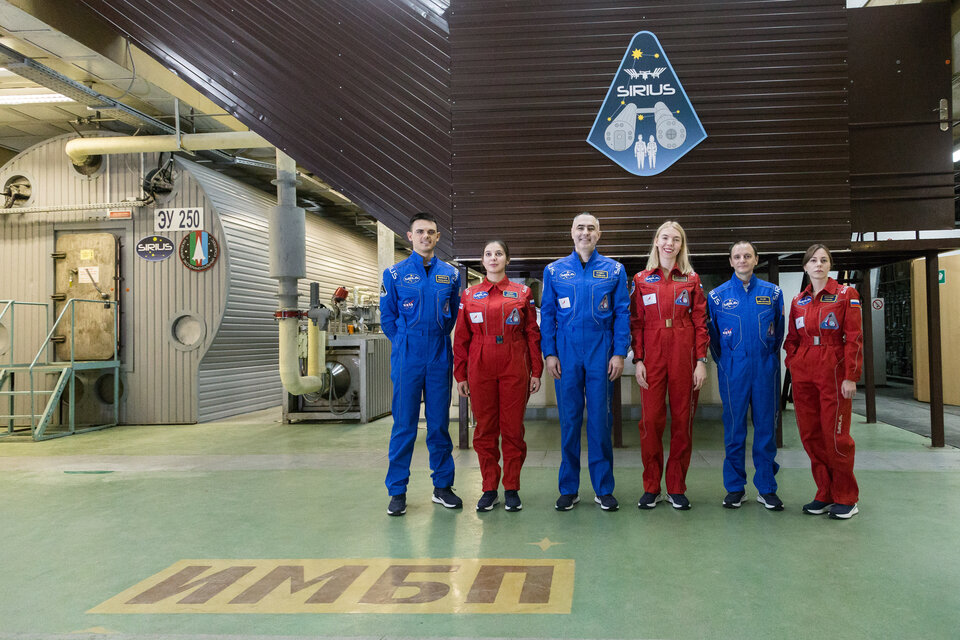
During the SIRIUS missions in 2020 and 2022, that will last 8 and 12 months respectively, scientists will closely monitor psychological and physiological reactions to isolation – an ideal opportunity for European researchers with experiment ideas in neuroscience, psychology and immunology.
“We want to develop methods to cope with conflicts, social deprivation and decline in performance, all potentially disruptive factors for the success of a space mission,” adds Angelique.
Cut off from Earthly lives
Volunteers for the simulated missions will neither be hermits nor contestants of a Big Brother television show but will have no luxuries such as natural daylight, fresh air and live with limited communications.
The volunteer-astronauts will be secluded in a mock-up of an interplanetary spacecraft with four chambers – a highly controlled environment to test isolation and psychological stress.

The crew will participate in dozens of research studies, receive regular medical checkups keep fit with physical training and face scenarios that mimic challenges of a real space mission, such as spacecraft manoeuvres and surface exploration.
Russian and US space agencies are also contributing with experiments and crewmembers.
“When we embark to the Moon, we will do it as part of a truly international collaboration. Just like in SIRIUS, the crew will have to live and work together for extended periods of time without leaving the spacecraft,” says Jennifer Ngo-Anh, ESA’s head of human research, biology and physical sciences.
A European approach
Isolation studies are not new to ESA. European scientists have been studying how humans adapt to living far away from home at the Concordia research station in Antarctica – one of the most remote and isolated human outposts. Their inhabitants have to deal with temperatures as low as –80°C, no sunlight for four months and no access at all during the winter.
In the future, ESA wants to run its own isolation studies in Europe and use standardised parameters to scientifically compare results linked to sleep, mood, stress and performance.
If you are a researcher with an experiment idea, check ESA’s announcement of opportunity for SIRIUS and register now to join a virtual workshop 1 July. The deadline for proposals is 1 August 2019.
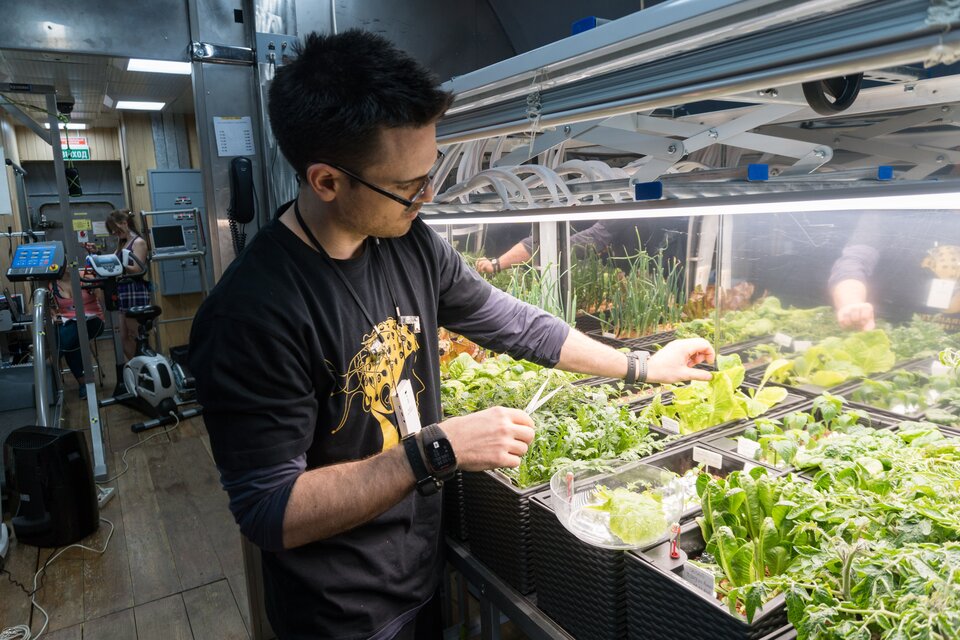
Thank you for liking
You have already liked this page, you can only like it once!
Related Articles
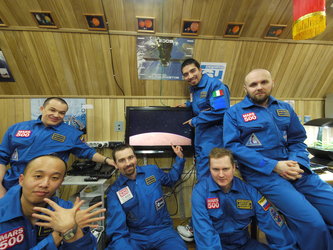
Total isolation for Mars500
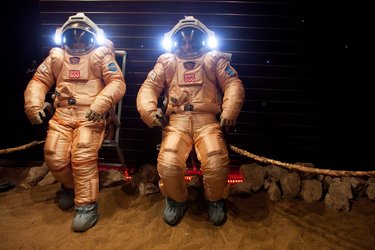
Life after Mars
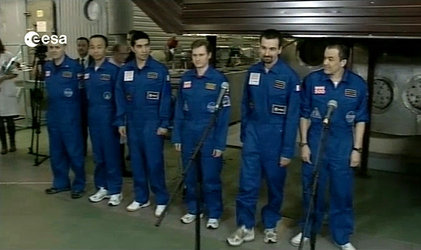
Welcome back and thank you, Mars500
Related links.
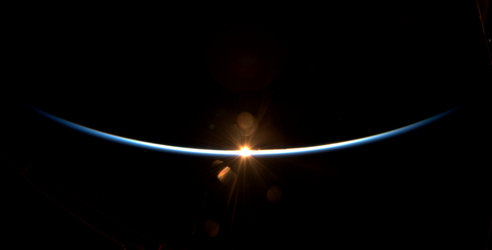
European vision for space exploration
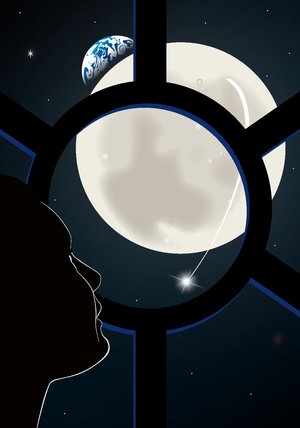
Exploration of the Moon
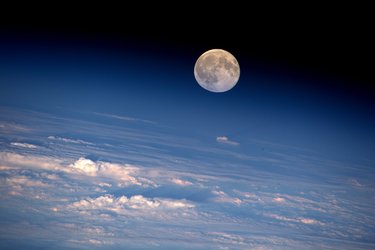
Lunar exploration interactive guide
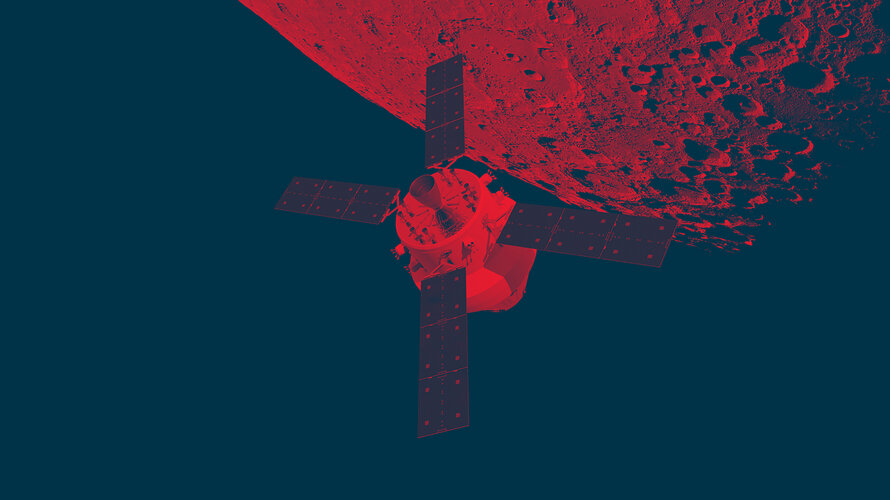
ESA's Orion blog
Updates on Artemis and the European Service Module for Orion
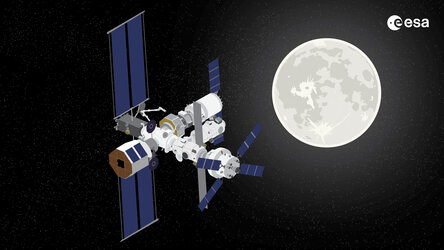
Moon information kit
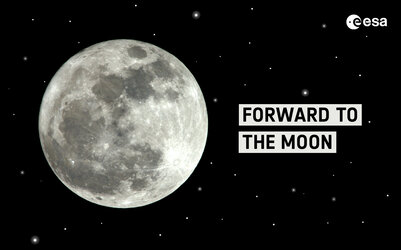
Forward to the Moon: interactive publication
This website uses cookies
This website uses cookies to give you the best user experience. You have disabled cookies which will render many features of the GSL website unusable. To change your cookie settings, select the option below and follow the instructions. These instructions are also obtainable from the privacy & cookies link at the bottom of any GSL page.
This website uses cookies to give you the best user experience. If you continue without changing your settings we'll assume you are happy to receive all GSL cookies. To change your cookie settings, select the option below and follow the instructions. These instructions are also obtainable from the privacy & cookies link at the bottom of any GSL page.
- Membership & Chartership
- Publications
- Library & Information Services
- Education & Careers
- Outreach & Policy
- Geoscientist Online
- Groups & Networks
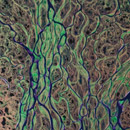
The Geological Society offers grades of membership for every stage of your career, from student to retirement. Find out about the benefits of membership, and how we can help you achieve and maintain Chartered status.
- Renew your Membership
- Renewal FAQs
- Get involved
- Update your details
- Fellowship Code of Conduct
- Fellowship Directory
- Guidance for Applicants
- Application Information
- Chartership Assessors
- Information for Supporters
- Chartership FAQs
- CPD help and guidance
- Endorsed Training Events
- Associated Societies
- Accreditation of Company Training Schemes
- Professional Registers

Information about the Geological Society’s internationally acclaimed books and journals for authors, editors, librarians and readers. Order publications, find out about the Lyell Collection and read guidelines for preparing a paper or submitting a book proposal.
- New publications
- Sale and special offers
- Titles coming soon
- Bookshop help
- What does it include?
- Using the Lyell Collection
- Access for Fellows
- Online First
- Online journal alerts
- Lyell Collection FAQs
- Testimonials
- Online Archives
- Information for libraries
- Geofacets-GSL Millennium Edition
- Online journal access
- Journal of the Geological Society
- Quarterly Journal of Engineering Geology and Hydrogeology
- Petroleum Geoscience
- Geochemistry Exploration Environment Analysis
- Scottish Journal of Geology
- Proceedings of the Yorkshire Geological Society
- Earth Science, Systems and Society
- Journal of Micropalaeontology
- Geology Today
- Transactions of the Geological Society
- Transactions of the Edinburgh Geological Society
- Transactions of the Geological Society of Glasgow
- Publication metrics
- How to propose a volume
- Special Publications
- Engineering Geology Special Publications
- Geoscience in Practice
- 'Geology Of...' Series
- Petroleum Geology Conference Proceedings
- Other books
- International agents and distributors
- GeoHorizons
- Review copies
- Permissions
- Open Access Publishing
- Guidelines for reviewers
- Supplementary Publications
- Publishing policies
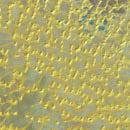
Discover and access geoscience information resources via one of the world’s premier Earth science libraries. Search our collection of printed books, maps and journals, e-resources, bibliographic databases and archives.
- Library Catalogue
- Visiting the Library
- Document delivery
- Database searches
- Inter-library loans
- The Map Room
- Archives & Special Collections
- Sponsor our collections
- Picture Library
- Collection Highlights
- Library Events
- Library Strategy 2017 - 2026
- 2020 Library review

Search the events bar for a dynamic programme of conferences, field trips, public events and training courses. Enquire about unique room hire options at Burlington House, Piccadilly.
- Society Conferences & Events
- Training courses
- Public Lectures 2024
- Regional and Specialist group events
- Energy Transition
- Geohazards Geoengineering & Georesilience
- Climate & Ecology
- Planetary Science
- Digital Geoscience
- Past meeting resources
- Meetings and Conferences
- Private Venue Hire
- Filming Location
- View our Spaces
- Enhance your Event
- Virtual tour
- Meeting proposals
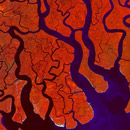
Information and resources for teachers and students from primary education onwards; for those making careers choices after A-levels including undergraduate and further degrees at university; and for those seeking professional geosciences training or exploring lifelong learning opportunities.
- Geology at school
- Primary Science: Terrific Scientific
- Schools Affiliate Scheme
- Junior memberships
- Schools Geology Challenge
- Earth Science Ambassadors
- Activities and presentations
- Lesson plans
- Field work resources
- Fun Kids radio programmes
- Microsite: The Rock Cycle
- Microsite: Plate Tectonics
- Geology at university
- Accredited degrees and university departments
- Teaching resources and organisations
- University Geoscience UK
- Grants and awards
- Early Career Geologist award
- Careers leaflets
- Careers Fair
- Microsite: Geology Career Pathways
- Lifelong learning
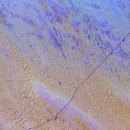
Updates on outreach activities, information about how the geosciences interact with society, details of policy related meetings, consultation responses, and policy briefing notes.
- Megalosaurus Month 2024
- 100 Great Geosites
- Plate Tectonic Stories
- The Lost Scientists exhibition
- Earth Science Week 2023
- Expertise database
- Road to COP26
- Geology for Society
- Consultations
- Policy briefing notes and statements
- Critical issues in geology
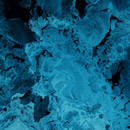
Geoscientist is the Fellowship magazine of the Geological Society: with news about science, people, the Society, features, reviews, opinion, letters and forthcoming events. All this, and more, can be found at our dedicated website Geoscientist Online
- Archived content
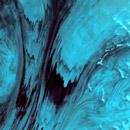
Information on our Specialist and Regional groups, Joint Associations and Networks. Keep up to date with activities, news and events and find out how Fellows can get involved.
- Stratigraphy Commission
- Higher Education Network
- Environment Network
- Early Career Network
- International Groups
- British Geophysical Association
- British Sedimentological Research Group
- British Society for Geomorphology
- Contaminated Land Group
- Earth System Science Group
- Energy Group
- Engineering Group
- Forensic Geoscience Group
- Geochemistry Group
- Geological Curators' Group
- Geological Remote Sensing Group
- Geological Society Business Forum
- Geological Society Discussion Group
- Geoscience Information Group
- History of Geology Group
- Hydrogeological Group
- Marine Studies Group
- Metamorphic Studies Group
- Mineral Deposits Studies Group
- Near Surface Geophysics Group
- Quaternary Research Association
- Tectonic Studies Group
- Volcanic and Magmatic Studies Group
- Central Scotland
- East Anglian
- East Midlands
- Home Counties North
- Northern Ireland
- Southern Wales
- Thames Valley
- West Midlands
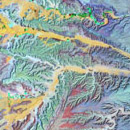
The Geological Society of London is the UK's national society for geoscience, providing support to over 12,000 members in the UK and overseas. Founded in 1807, we are the oldest geological society in the world.
- Burlington House
- Strategy and Values
- Index of obituaries, 1828 to date
- Obituaries 2001 onwards
- Visiting the William Smith Map
- Society awards
- Research grants
- Honorary Fellows
- Council elections
- Reporting committees
- AGMs and OGMs
- Annual summaries
- Diversity in the geosciences
- Themed years
- Scientific Themes
- Burlington House jobs
- Publishing House jobs
- Equal Opportunities Statement
- Use of logos and images
- Email newsletters
- Press Office
- Accessibility
- Professional standards
- Privacy notice
Events & Courses
- Society Conferences & Events
- Regional & Specialist Groups
Moscow International School of Earth Sciences 2016
This annual school is dedicated to increasing the level of students’ and alumni’ education from CIS and EU countries specialized in the different disciplines of Earth Sciences (Petrology, Mineralogy and Geochemistry, Engineering and Marine Geology, Ore Geology, Dynamic Geology etc.).
One of the most important aims of this school is to internationalize the science and the whole system of Education in CIS’s Universities and lead it up to the current international level.
School Themes:
- Geodynamics and Magmatism
- Deep Mantle Processes
- Magmatism and Ore Deposits
- Nowel approaches to Earth Understanding
- Structures and Energetics of Mineral Crystalline Lattices of the Earth Geospheres and other planets (theory and measurements)
The main sessions of the ISES-2016 will be held in the famous historical building of the Vernadsky State Geological Museum in the historical center of Moscow, Russia.
Registration
Registration is now open on the ISES website .

Convenor Contact
Victor Zaytsev
Email Victor Zaytsev
Visit website
- Terms and Conditions
- Privacy and cookies
- Modern Slavery Statement

IMAGES
VIDEO
COMMENTS
Explore the World with Virtual Field Trips. Designed for ages 9-15 but customizable for all ages, virtual field trips allow students to travel the world and explore natural environments without leaving the classroom. Each virtual field trip contains a video, teacher guide and student activities.
The NASA Goddard Visitor Center in Greenbelt, Maryland, now offers virtual field trip programs for student and community groups, focusing on such subjects as living and working on the International Space Station and how to build a satellite. These virtual field trips are available to groups with a minimum of eight students - grades ...
Browse Expeditions. Travel the World. Make a Difference. Earthwatch expeditions pair researchers with volunteers to address some of the world's most pressing environmental challenges. Explore our current expeditions to discover how you can make a difference. Regions. Expedition focus.
Onsite Field Trips & Facility Tours Activities, exhibits and events at the Goddard Visitor Center in Greenbelt, Maryland, provide inspiring and captivating educational experiences for all ages. The visitor center showcases Goddard's innovative and exciting work in Earth science, astrophysics, heliophysics, planetary science, engineering ...
Using oversized dense foam blocks, gears, chutes, and hinges, they'll work together to explore simple machines and build cosmic creations. K-12 students can learn with NASA through completely free onsite and virtual field trips. Field trips provided by the NASA Wallops Flight Facility Visitor Center, located on the Eastern Shore of Virginia!
The largest collection of Earth Science webinars, podcasts, virtual field trips, teaching resources and online courses! Featuring over 350 geological resources! ... Explore over 80 virtual earth science field trips from around the world. The Topaz Tool. Topaz is a tool that helps you unearth 400+ earth science awards, grants and scholarships.
Members of the Department of Earth and Planetary Sciences at Johns Hopkins University have created virtual field trips and experiences that can be used in a variety of ways and target different audiences. These resources can be used for online learning, to prepare students for in-person field experiences, to make field sites more accessible, and...
Multiple interactive and adaptive virtual field trips across the world. Virtual field trips of the fossil-rich Kettleman Hills of Central California. Virtual 3D outcrops of carbonates, clastic and crystalline rocks from across the world. A virtual field trip of 14 sites across Alberta from the comfort of your own home.
Field Trips All EPS concentrators are invited to participate in an EPS-sponsored annual field trip to learn about relevant earth sciences. Undergraduate field trips are led by EPS faculty and staff. Contact Campbell Halligan ([email protected]) to learn more. Field Camp Undergraduate students can participate in an approved ...
Teachers wishing to have their students participate in the earth sciences field trip should plan to arrive in the park by 9:30 am and stay until 2 pm. Allowing adequate time (5 hours) inside the park will result in a less-rushed, more enjoyable experience. Everyone in the group must be prepared to be outside all day and ready to hike a trail ...
The Earth and Space Expedition Center in Phoenix offers exciting and educational seasonal camps for students of all ages. Each day, our camps will take students on a journey of discovery as they explore the latest advancements in Earth and space science. With a focus on hands-on learning and discovery, our camps are designed to inspire and ...
There is a new virtual field trip using the Google Earth app that shows a dozen different building stones throughout the UH campus. To get the extra credit you need to submit answers to questions to the Geoscience Learning Center. ... University of Houston Department of Earth & Atmospheric Sciences Science & Research Building 1 3507 Cullen Blvd ...
Field Trips for Middle School Earth Science. These websites support the NGSS standards at this grade level and are labeled by the type of website that it is (Student or Teacher Background, Student Online Activities, Teacher Activities, Student or Teacher Videos).
Featured and Upcoming Virtual Field Trips. Join us for our Virtual Field Trips or watch them on-demand after their premieres. Each no-cost Virtual Field Trip comes with a companion guide packed with standards-aligned, hands-on learning activities! Select one of the options below to register.
Field Trips. Field trips are where the rubber meets the road in geology. These excursions give students a chance to apply the skills they learn in the classroom to real rocks. Click on the video below to get a sense of one of our field trips! The Department of Earth Science & Environmental Change organizes domestic and international field trips.
Costs. Field trips are heavily subsidised by the Department, but students are charged around £80 (£65-130 depending on the trip) to cover some of the costs. Exact field trip costs and payment deadlines are included in the relevant course guides. The Department has a Fieldwork Fund (sponsored by alumni) to ensure that fieldwork is an ...
Earth Science Field Trips. Fieldwork in Earth Sciences gives you the opportunity to put your skills and knowledge to practice in the best laboratory we have - Earth. Students often remark that the field trips they go on are the most rewarding and memorable of the courses they take at UTM, and they will teach you valuable field skills which ...
Braceville Field Trip Rules. May 2024. The ESCONI field trips to Braceville for Mazon Creek fossils are set for May 4 and 5, 2024 from 9 AM to 3 PM. You can attend one or the other, but not both days. There is an attendance limit of 50 people each day. You must register to go on this trip. See rule 6 below for instructions.
Field studies are a primary means of obtaining scientific knowledge about earth science concepts. This paper discusses why a teacher might choose a field trip as an educational strategy important to the teaching and learning of earth science. Reasons to choose field trips as a teaching strategy, factors that influence learning on a field trip, and the components of an effective earth science ...
Virtual Field Trips in MindTap take students across America as they explore geological features from the Volcanos in Hawaii to Death Valley to Yellowstone. Each Virtual Field Trip includes an interactive gigapixel panoramic photo, along with multiple "stops" to deep dive into more geological features and facts. Here's to you on Earth Day ...
Time for isolation. During the SIRIUS missions in 2020 and 2022, that will last 8 and 12 months respectively, scientists will closely monitor psychological and physiological reactions to isolation - an ideal opportunity for European researchers with experiment ideas in neuroscience, psychology and immunology. "We want to develop methods to ...
This annual school is dedicated to increasing the level of students' and alumni' education from CIS and EU countries specialized in the different disciplines of Earth Sciences (Petrology, Mineralogy and Geochemistry, Engineering and Marine Geology, Ore Geology, Dynamic Geology etc.). One of the most important aims of this school is to internationalize the science and the whole system of ...
In 1949 a separate Faculty of Geology was established in Moscow State University. It consisted of eight chairs which had previously belonged to the Faculty of Soil Science. In 1949 the Chair of Crystallography and Crystal Chemistry was formed. In 1952 - 1953 several new departments were added including the Chair of Natural Resources, the Chair ...
LAIKA, the dog - a sacrifice to science, on a one-way mission to space. Romanian stamp from 1959 with Laika. On 3 November 1957, Laika, a stray dog from the streets of Moscow became the first living creature to orbit the Earth, paving the way for human spaceflight. ... She was launched on a one-way trip into outer space, on board of Sputnik 2 ...